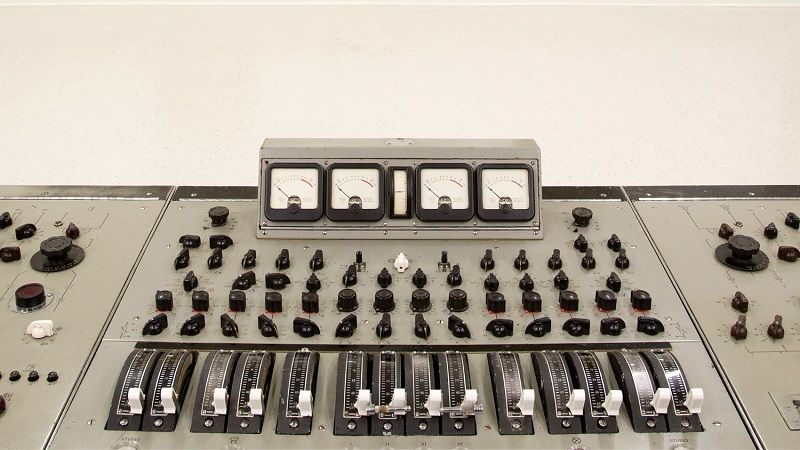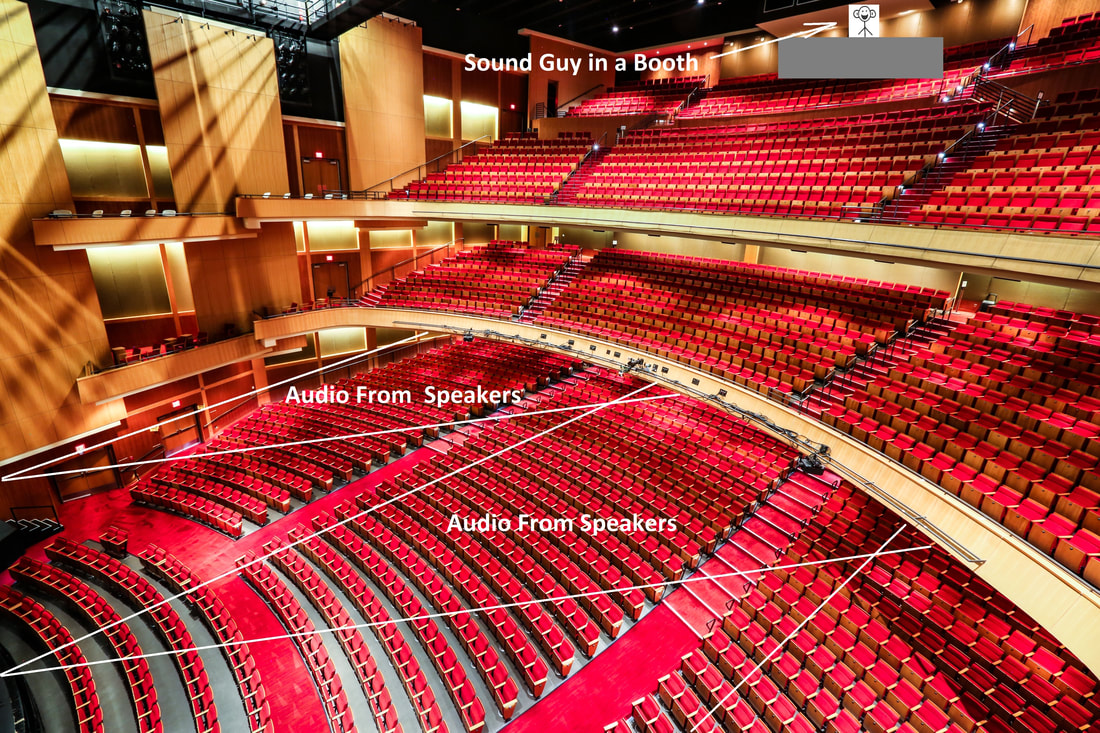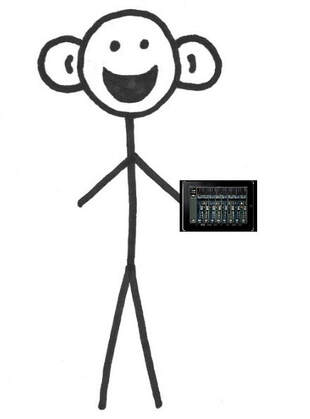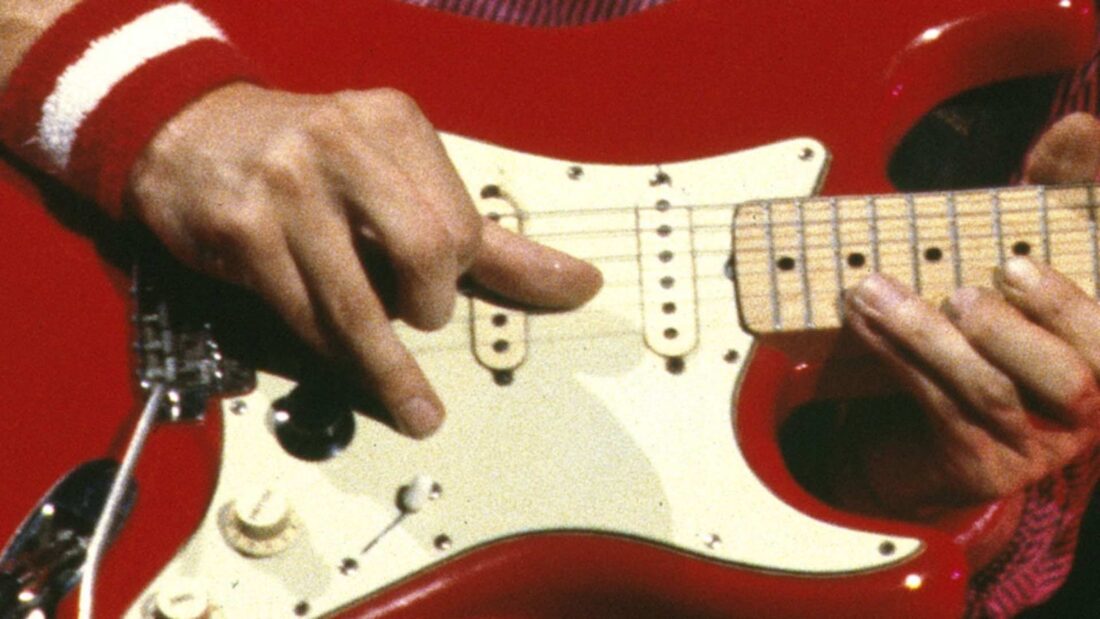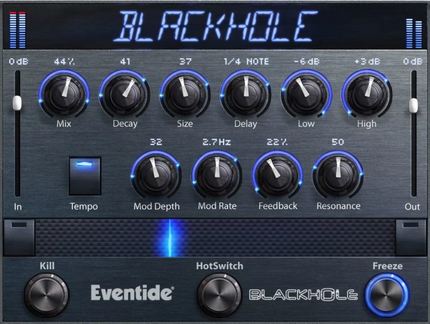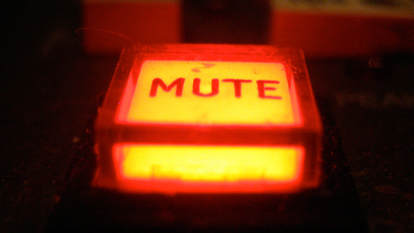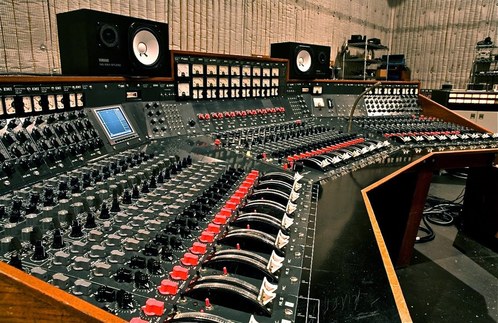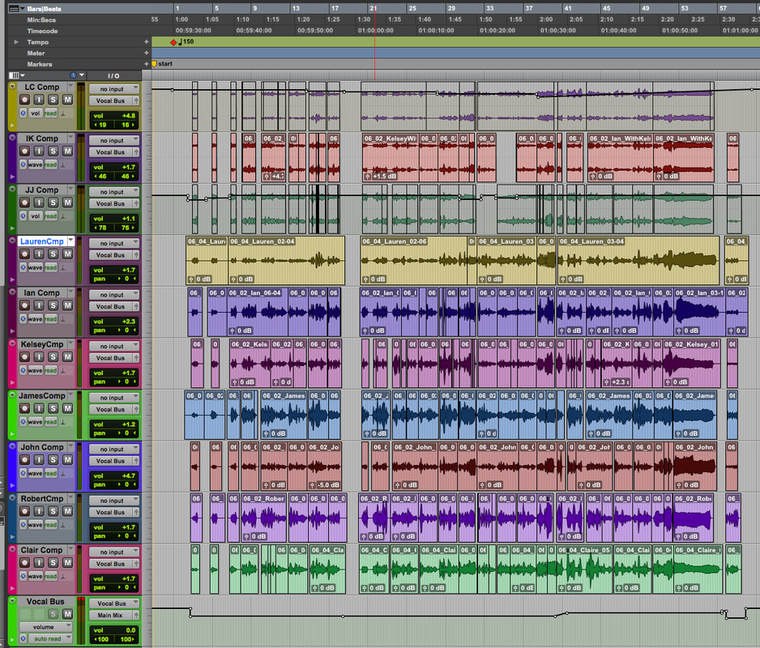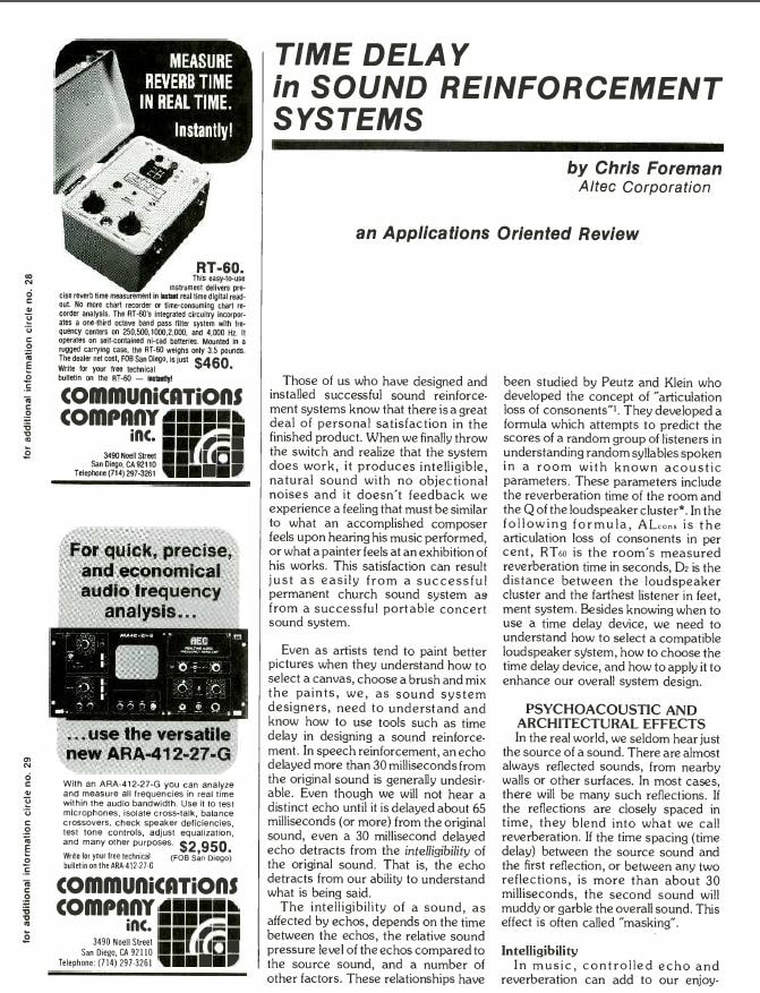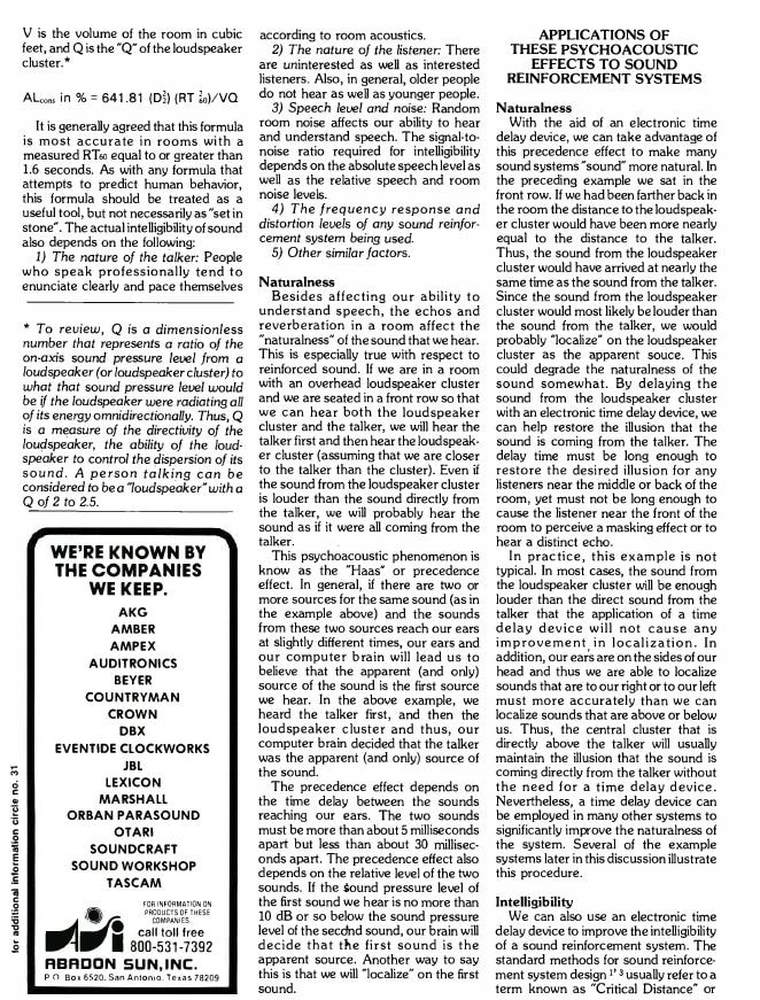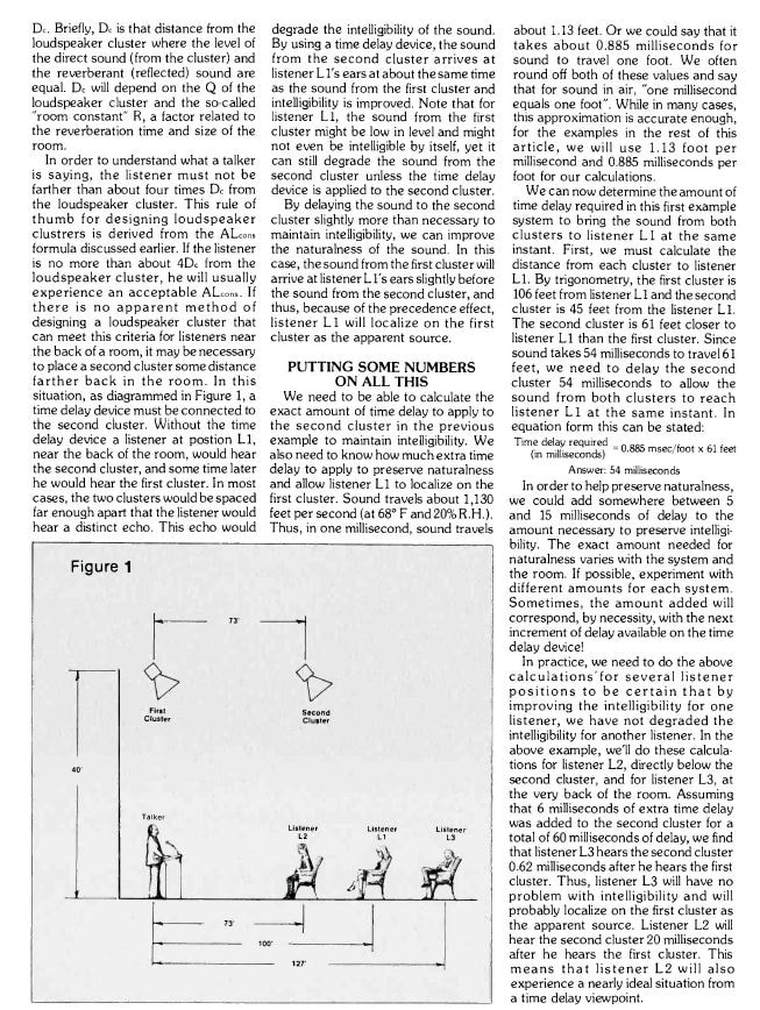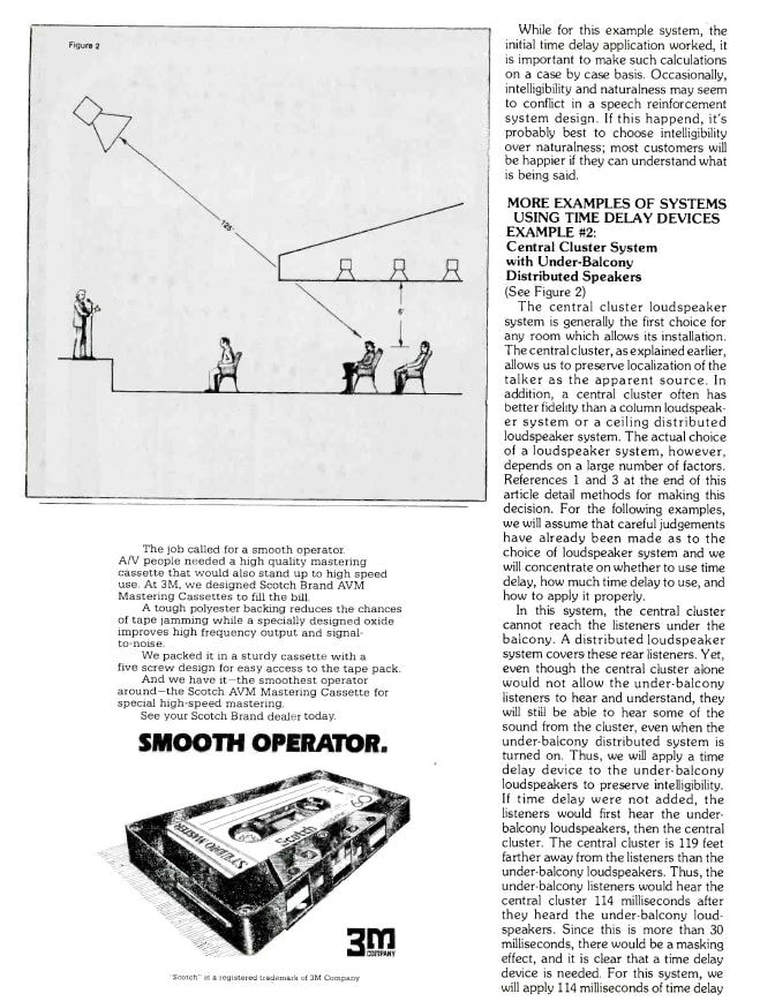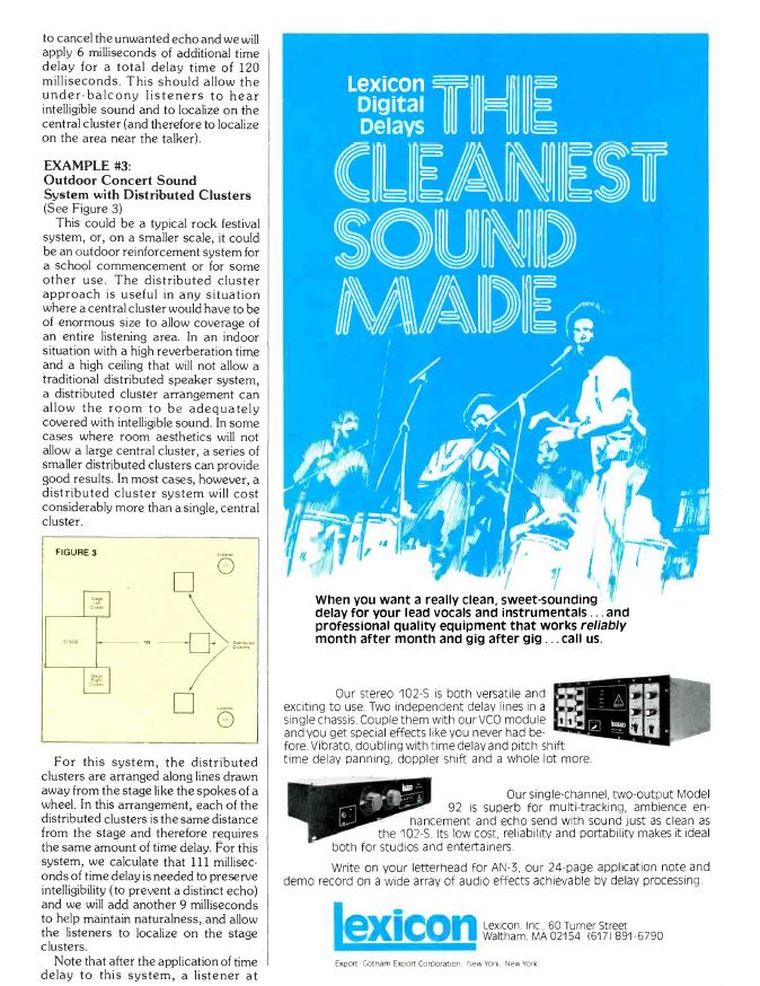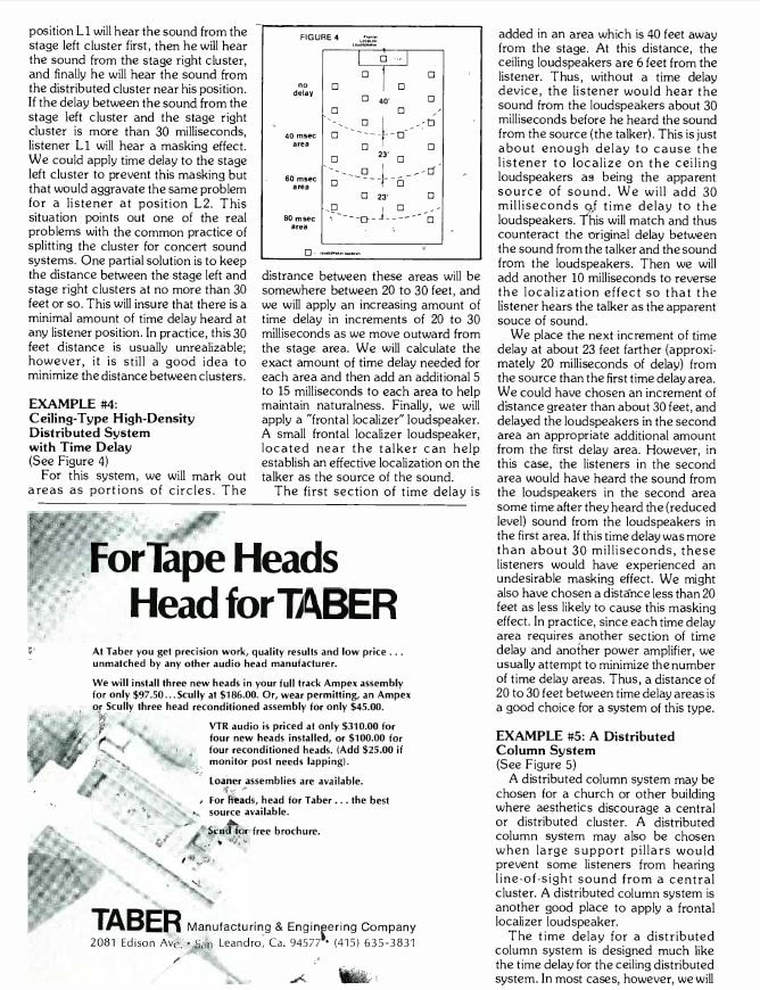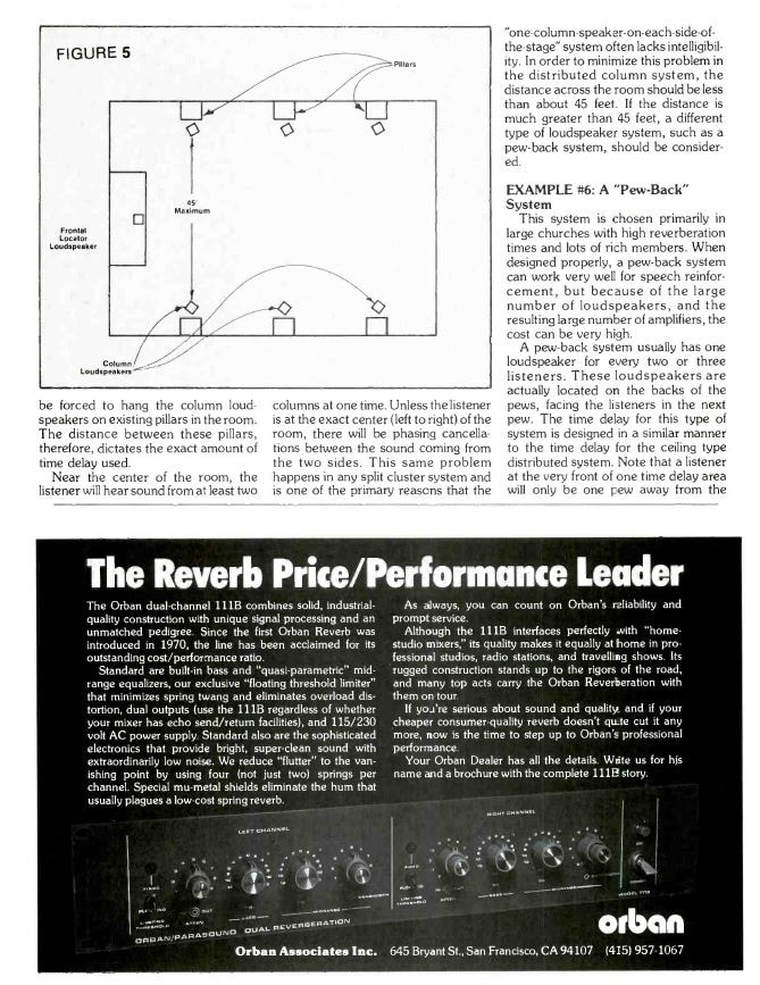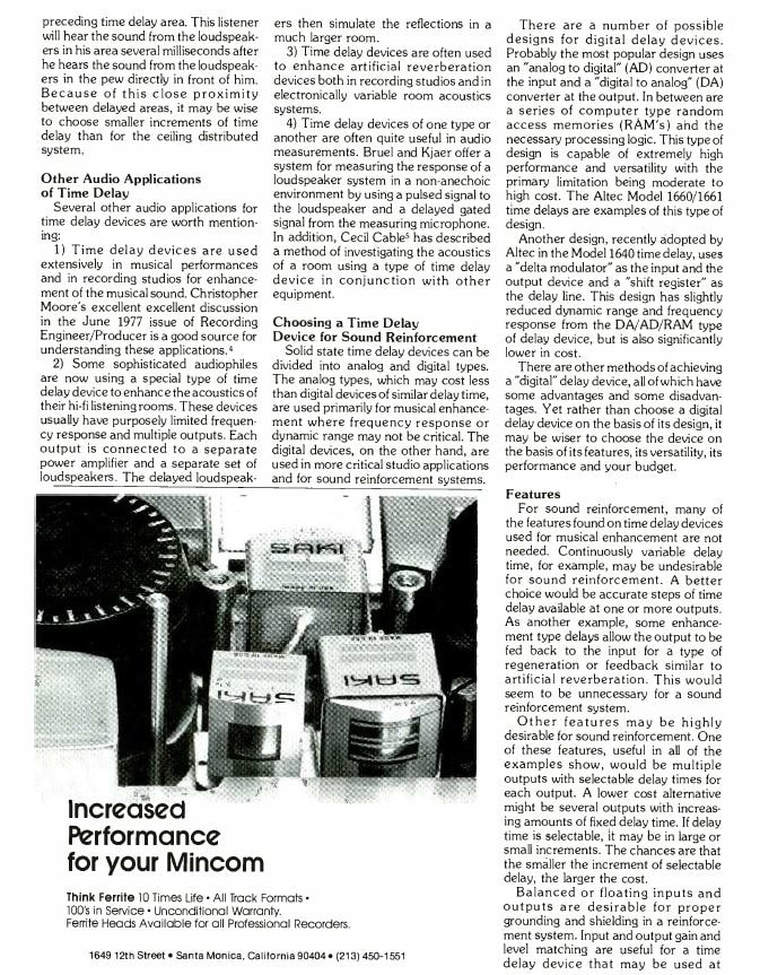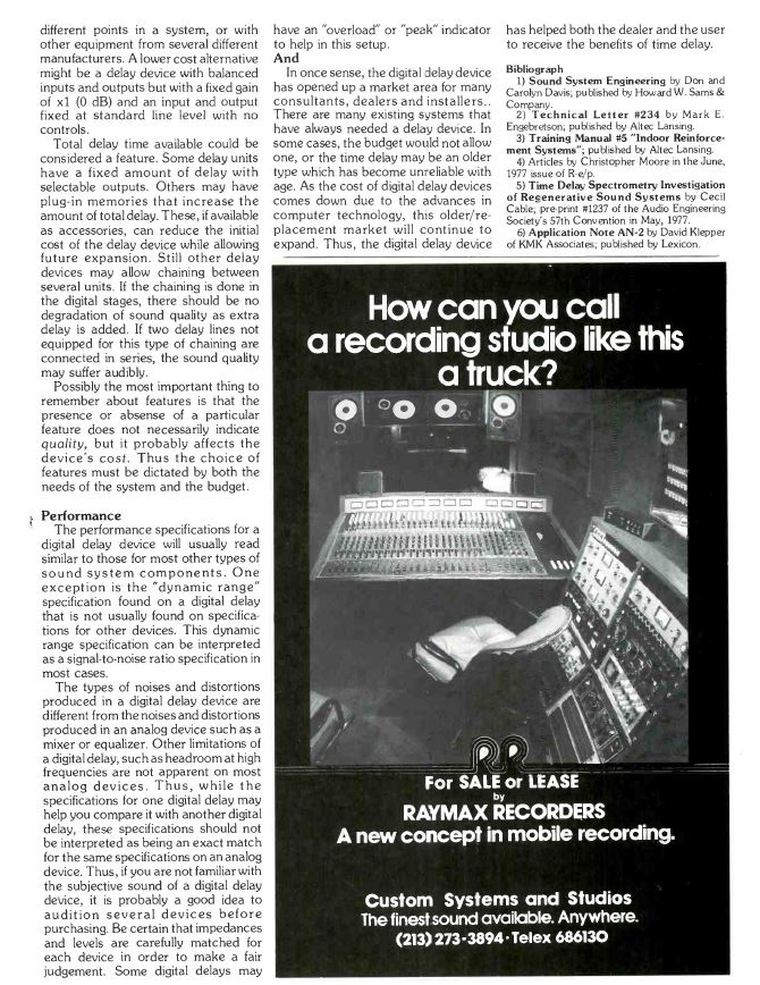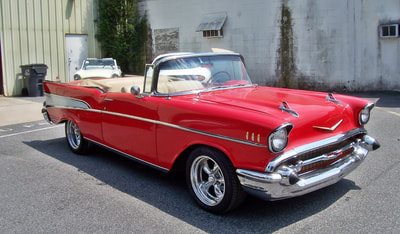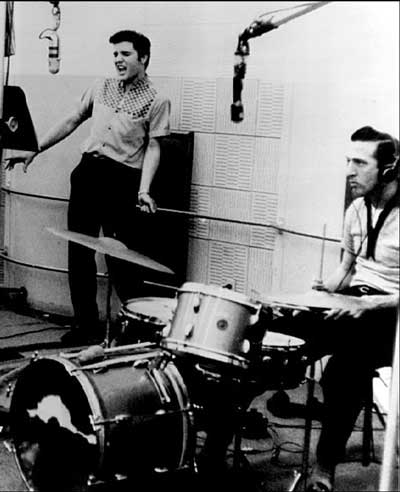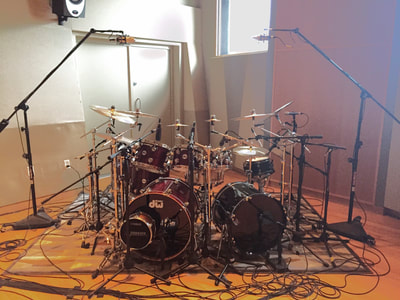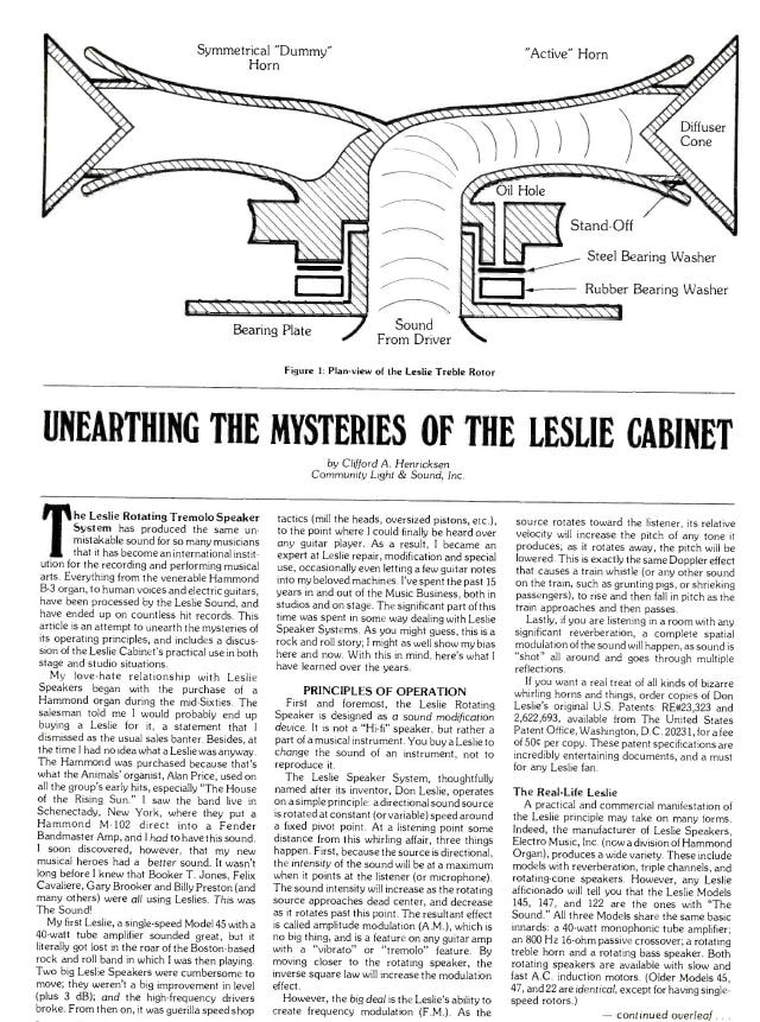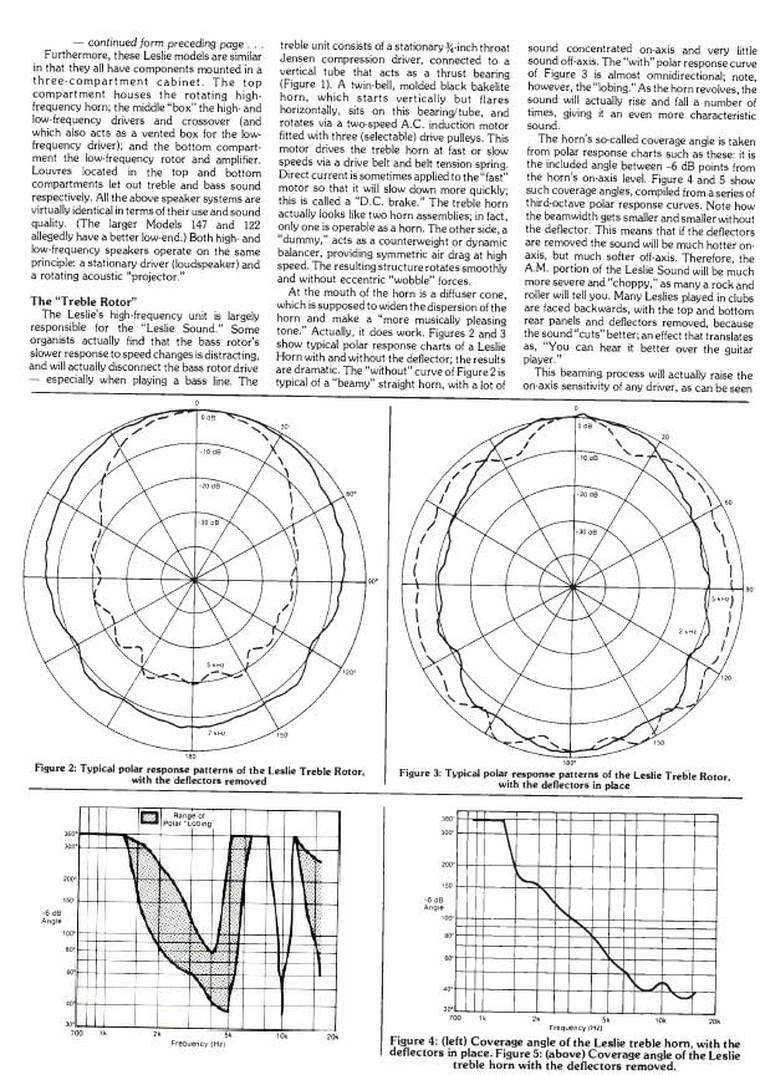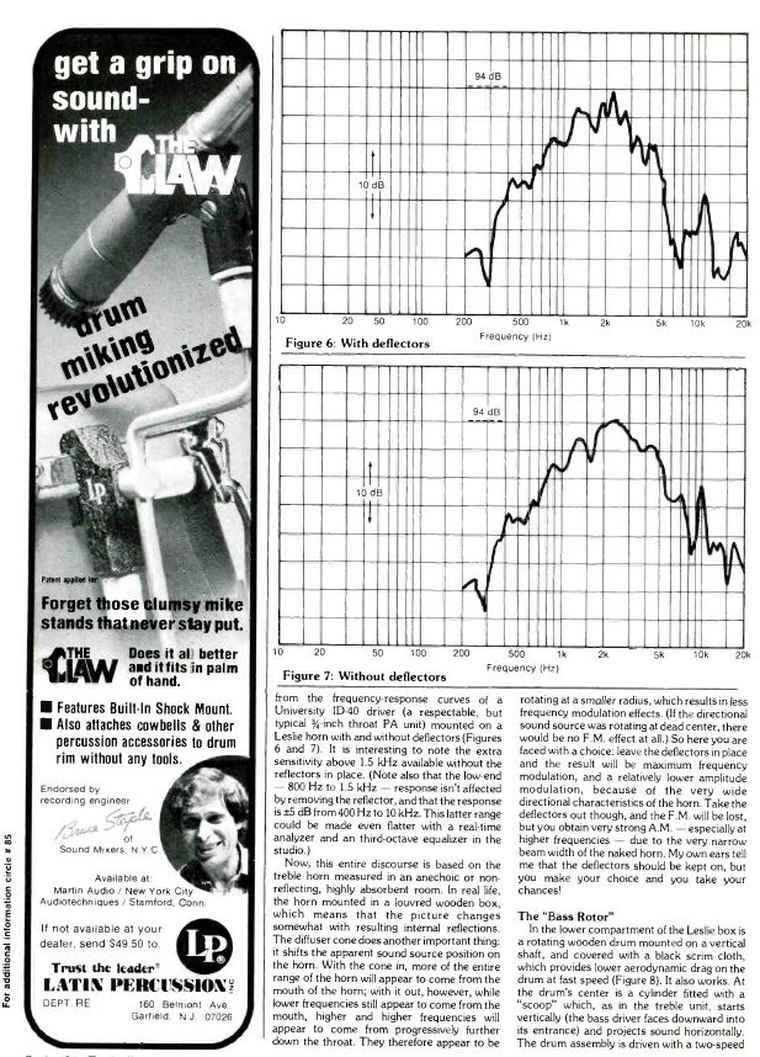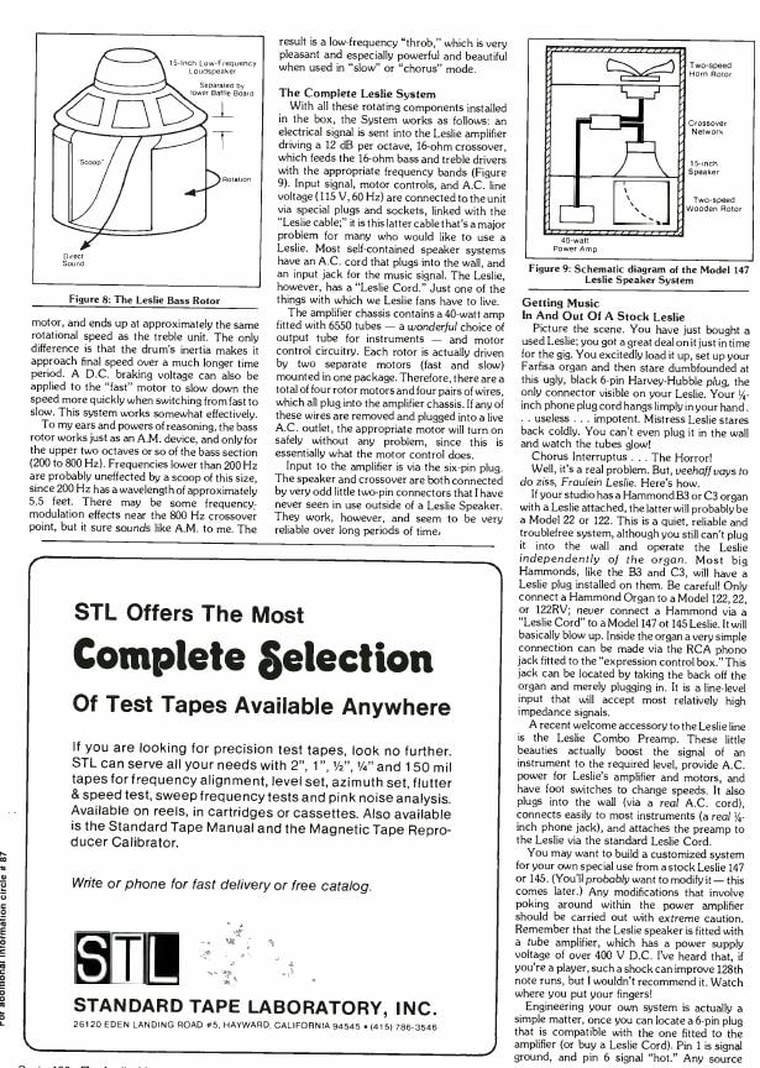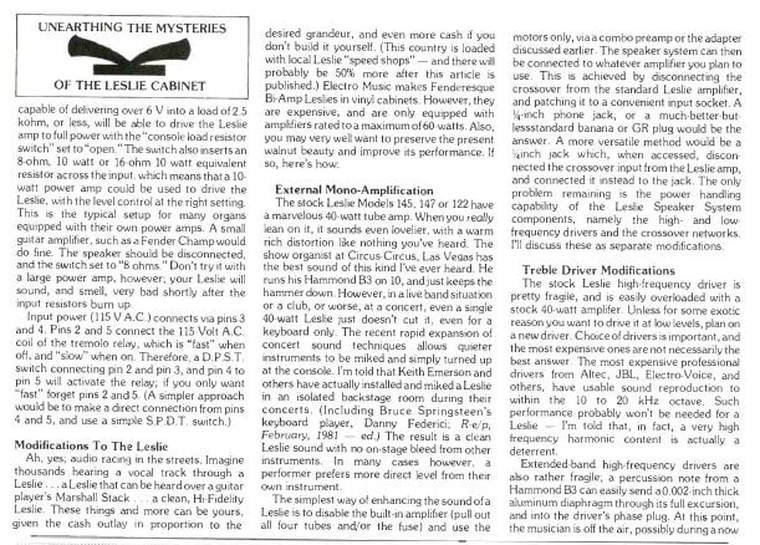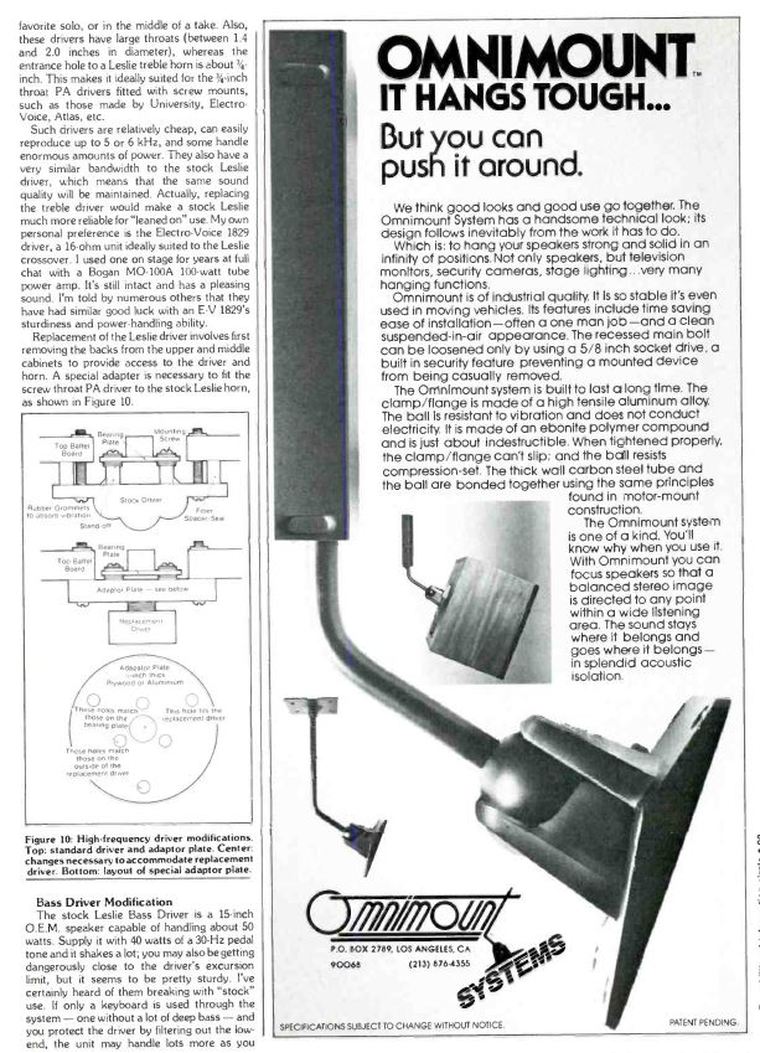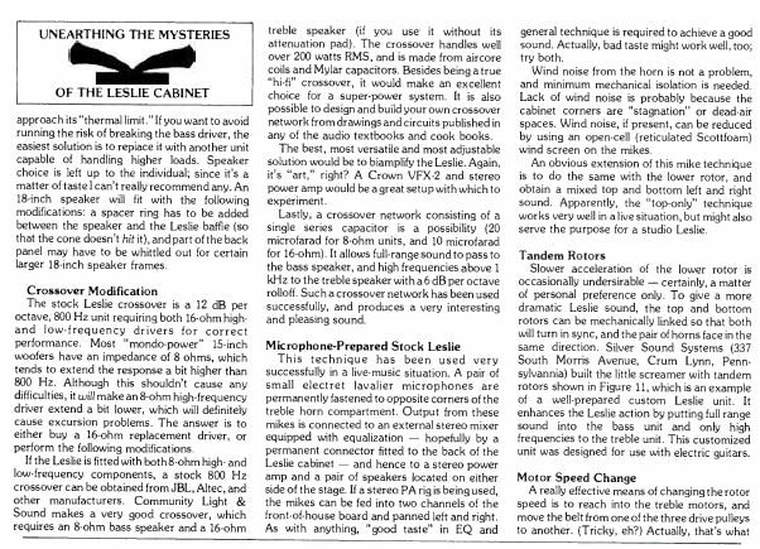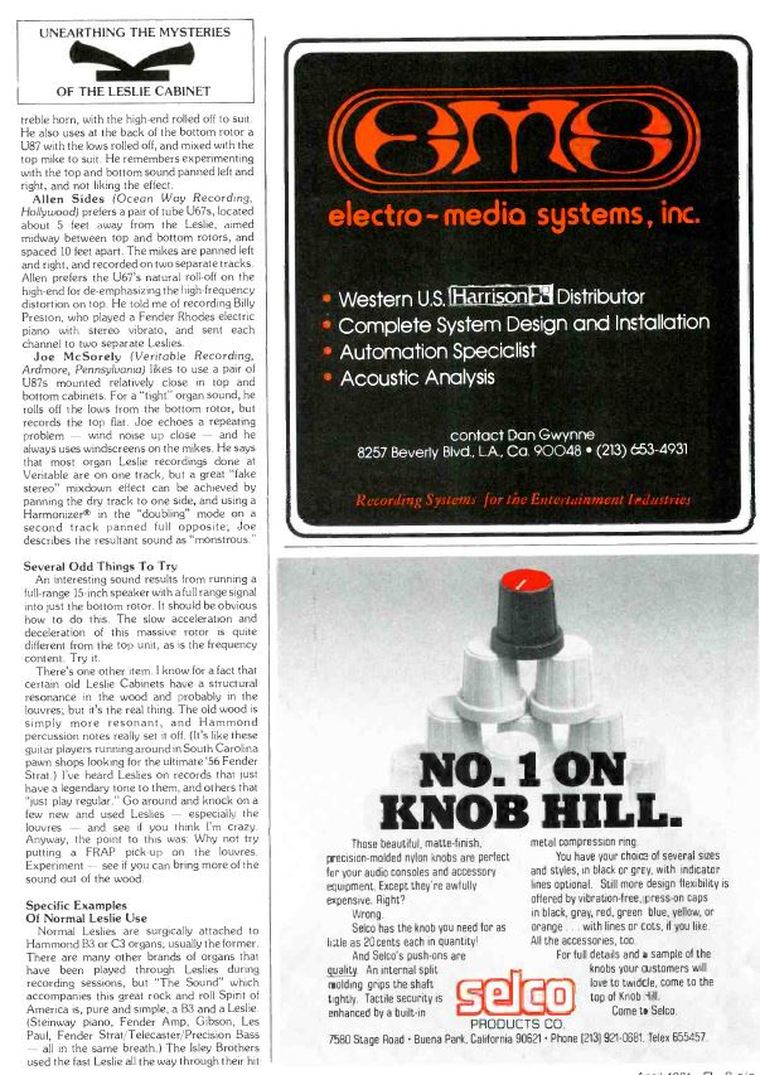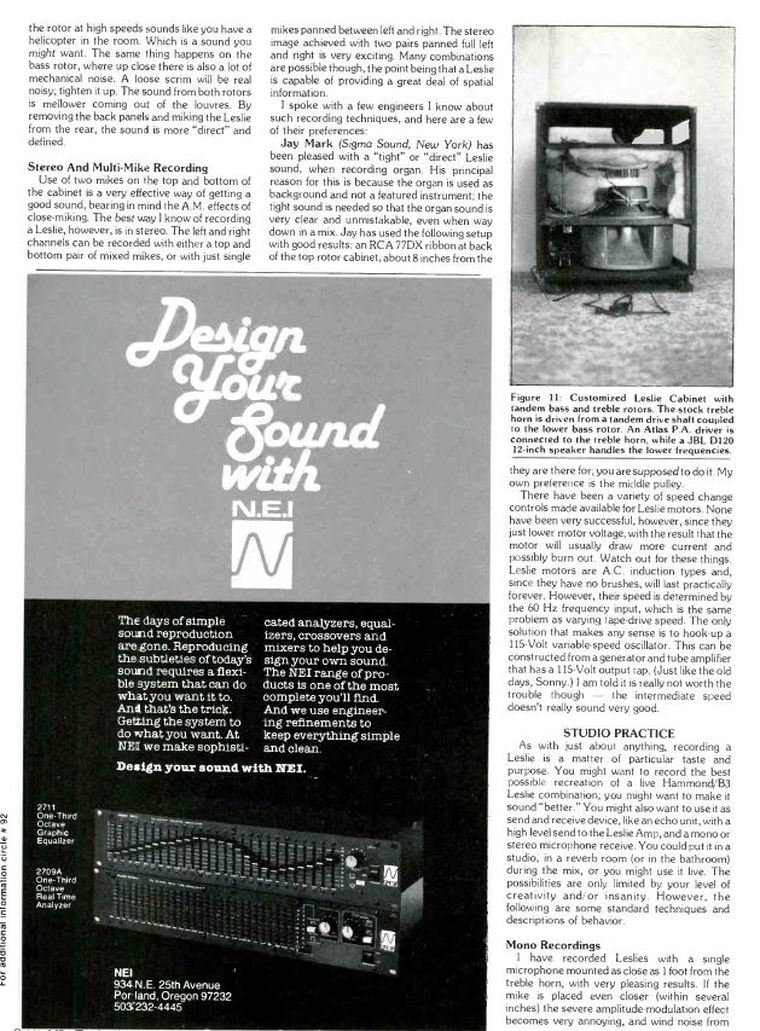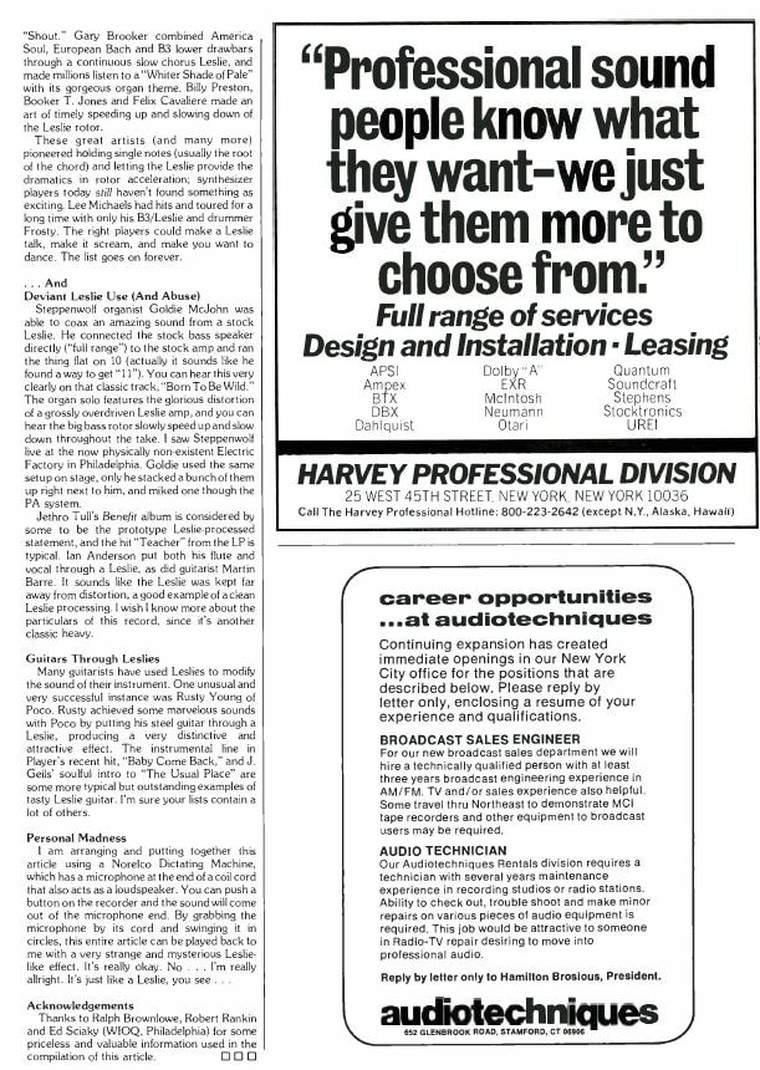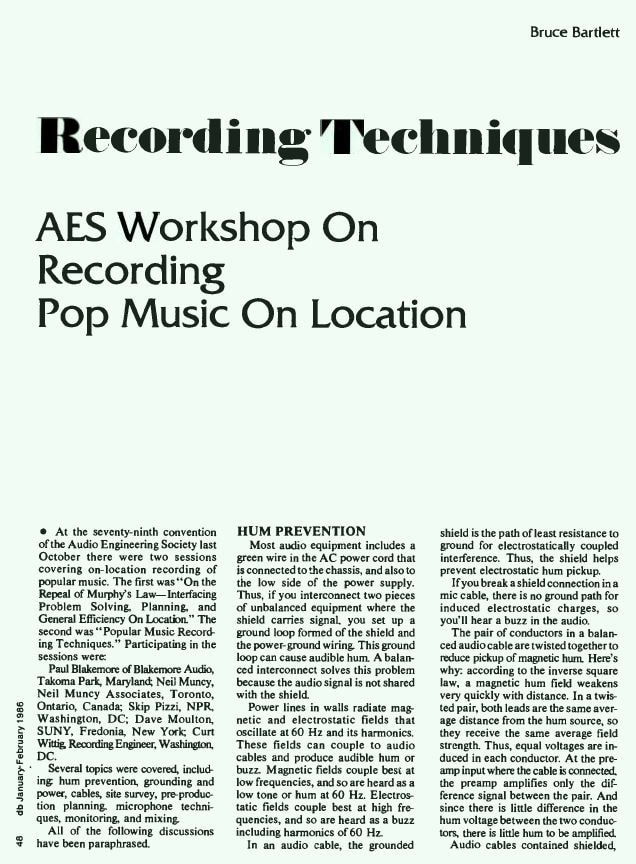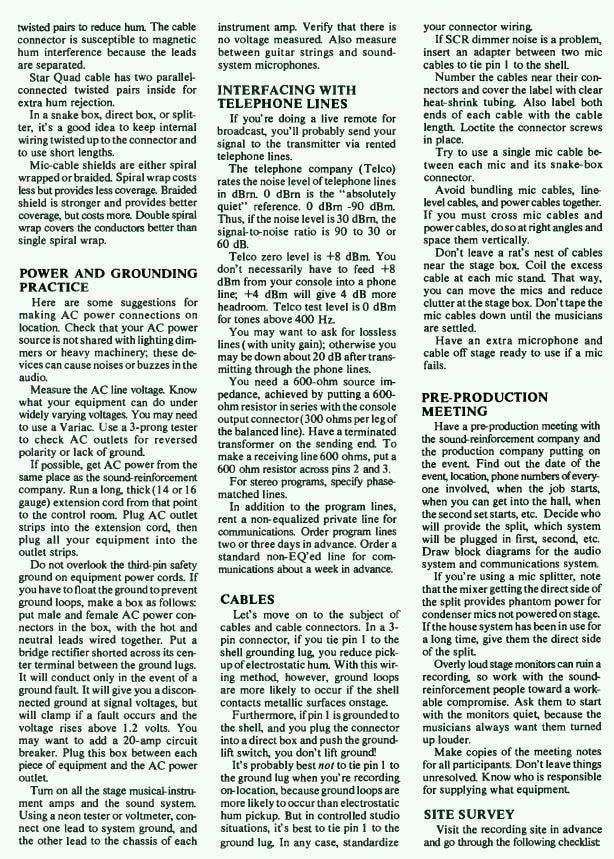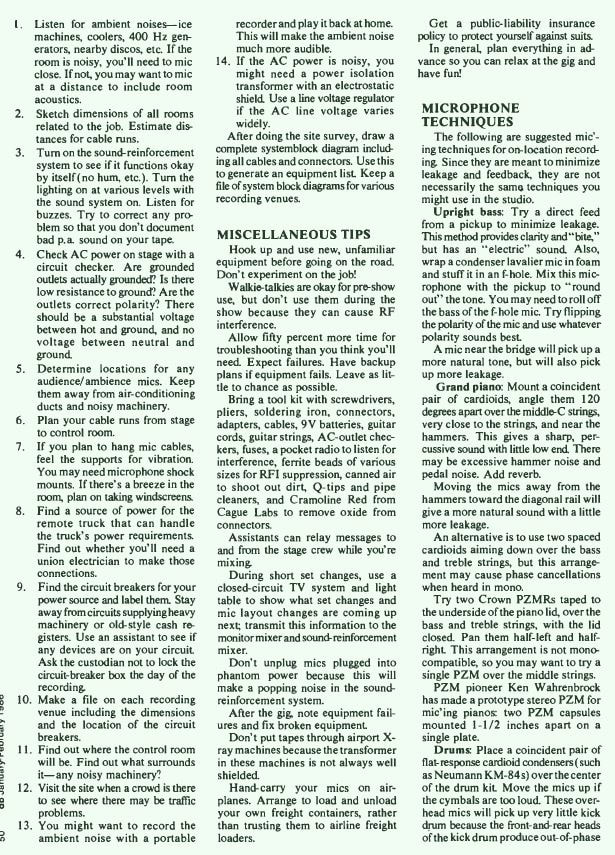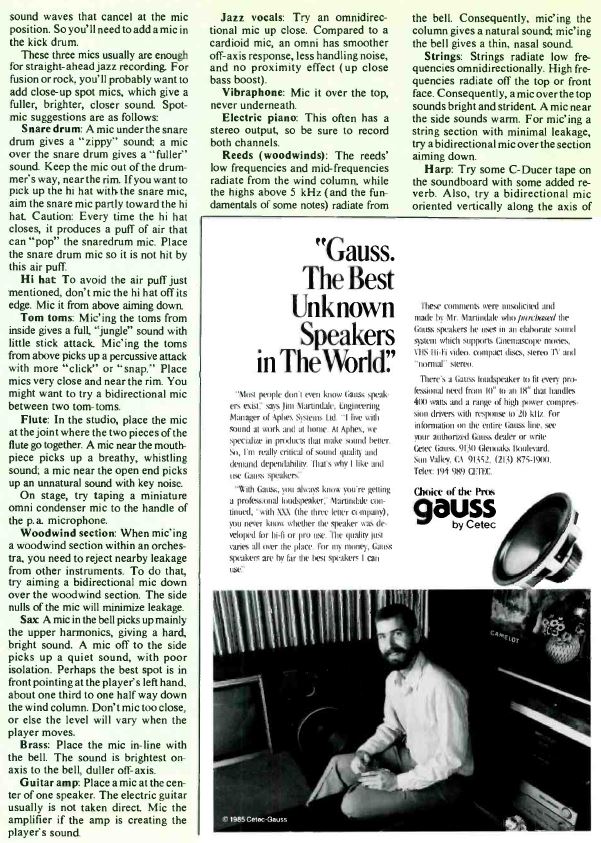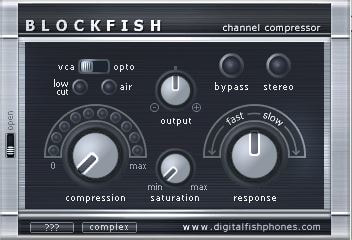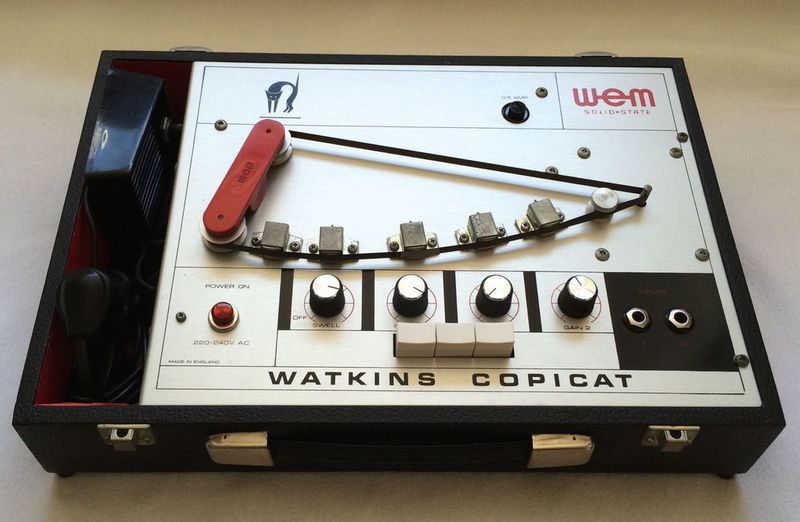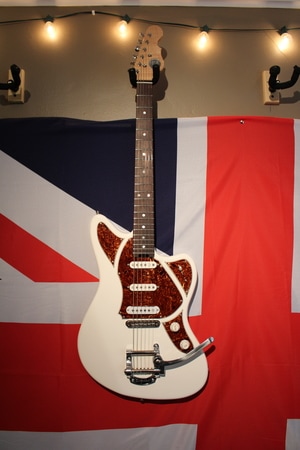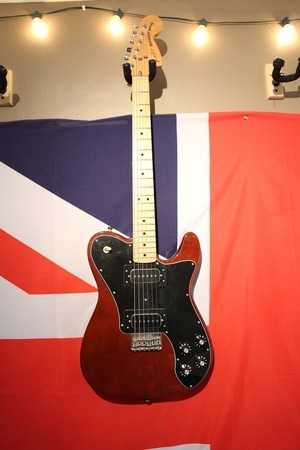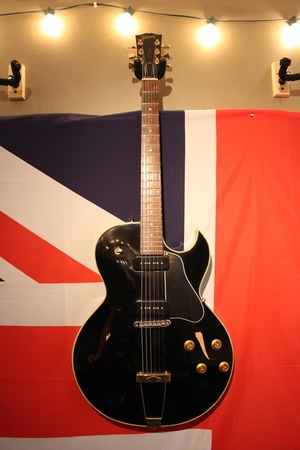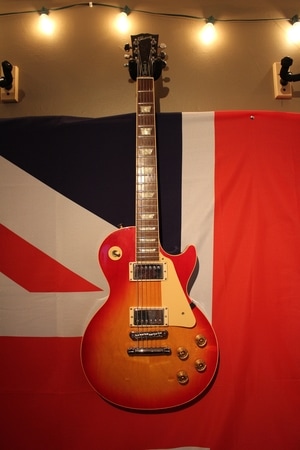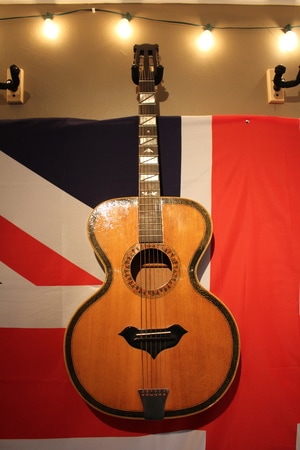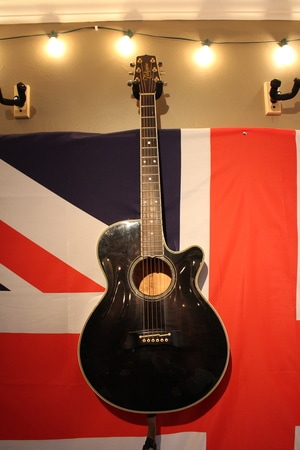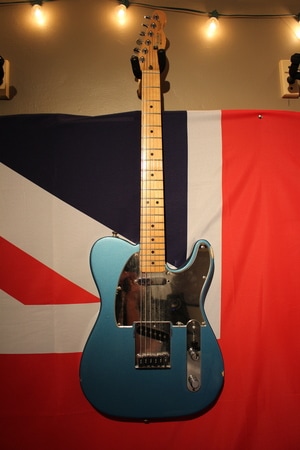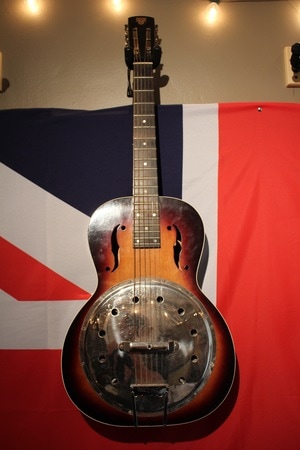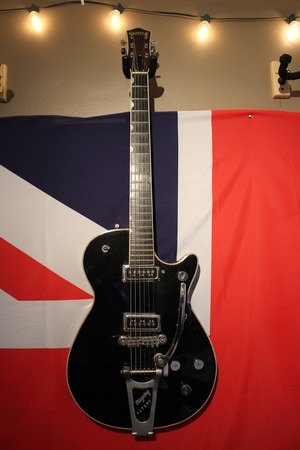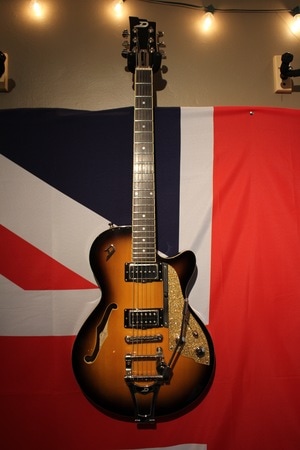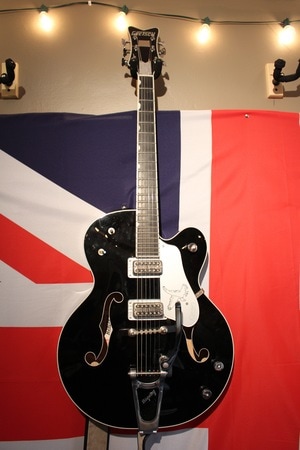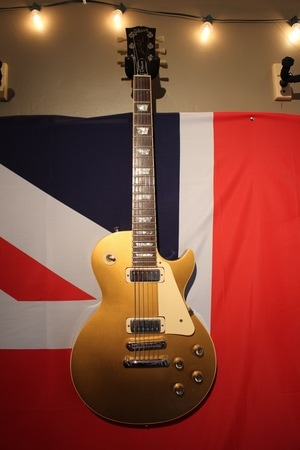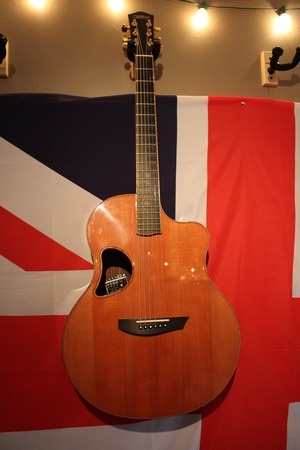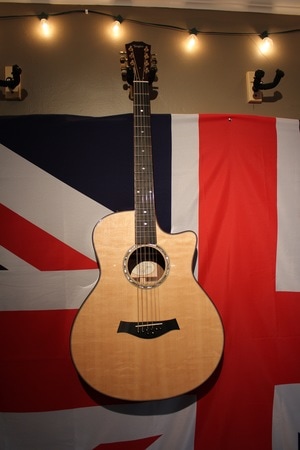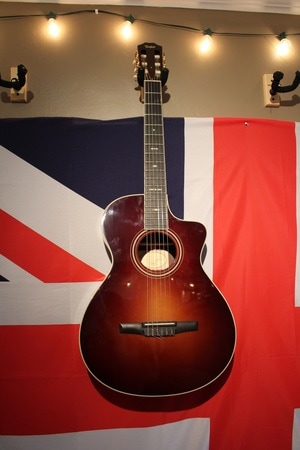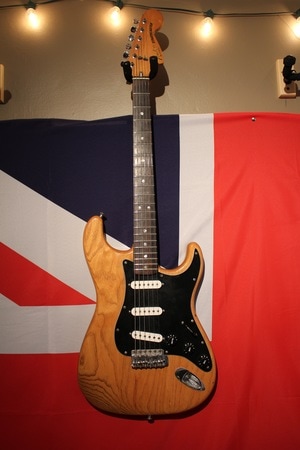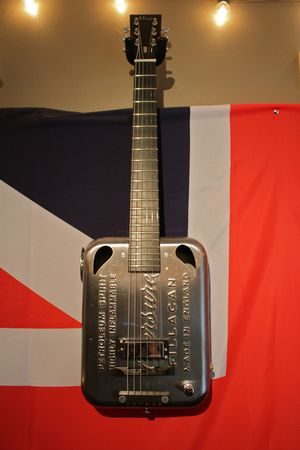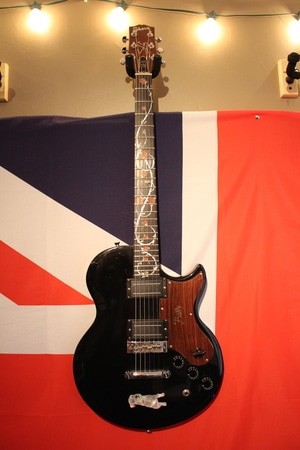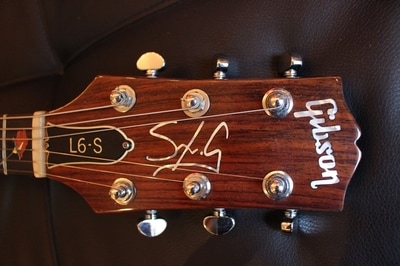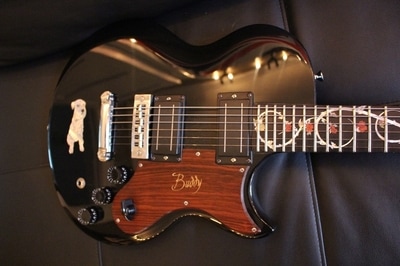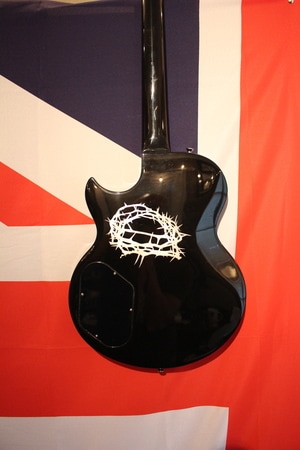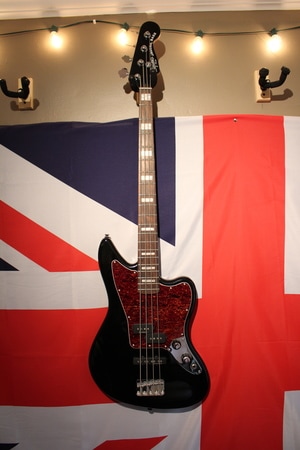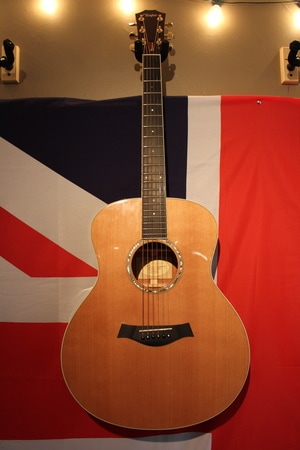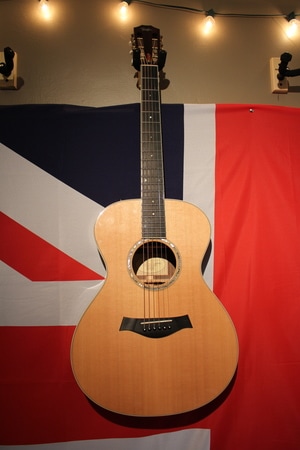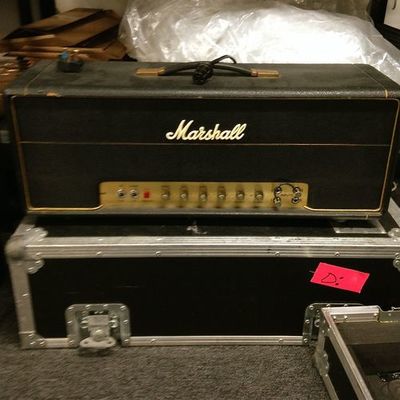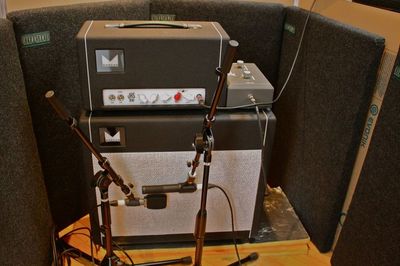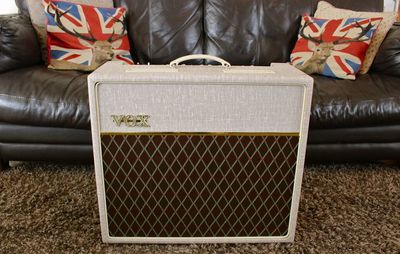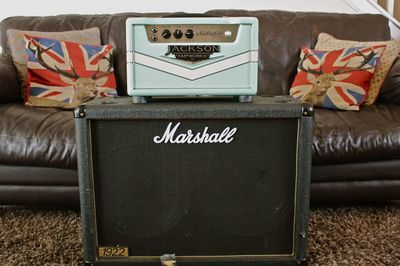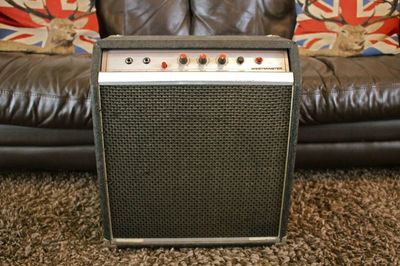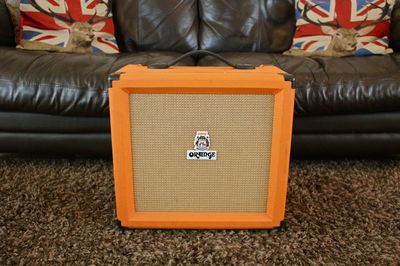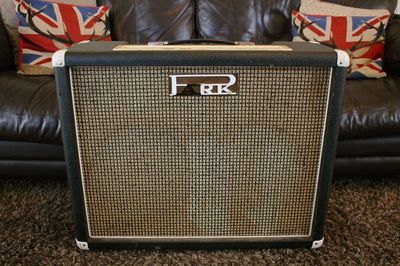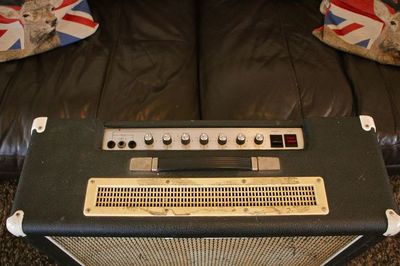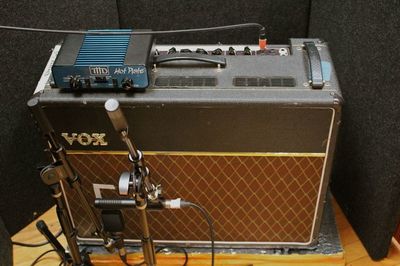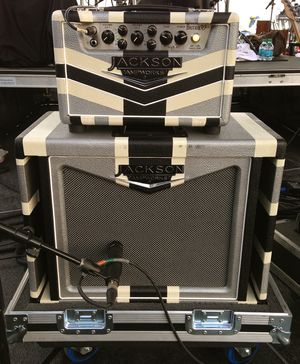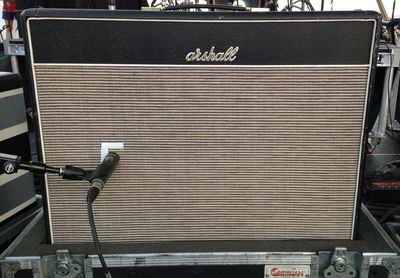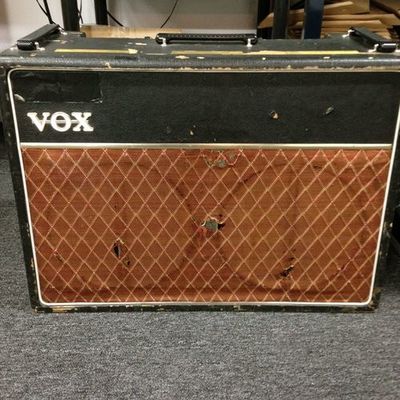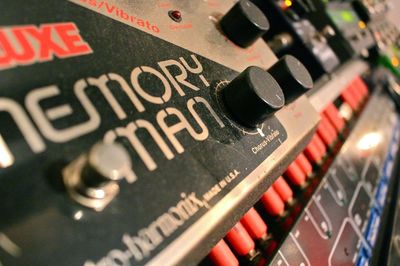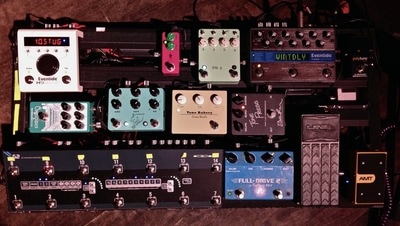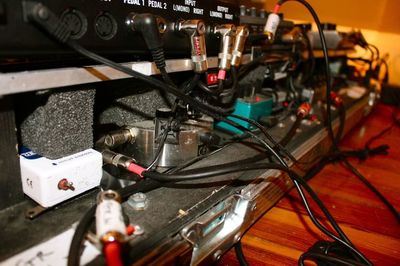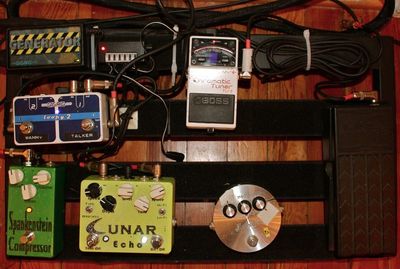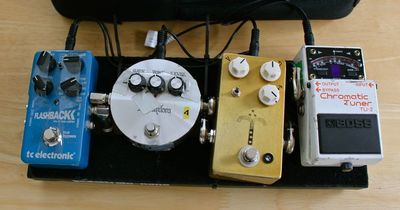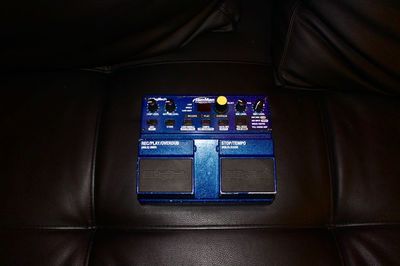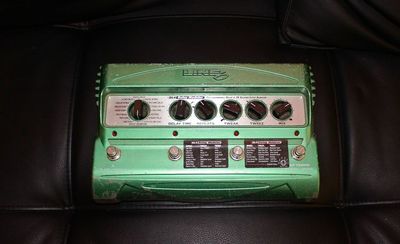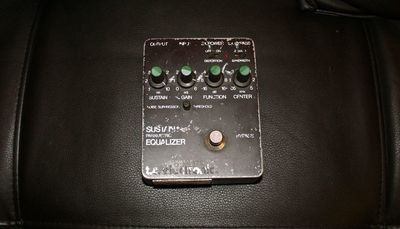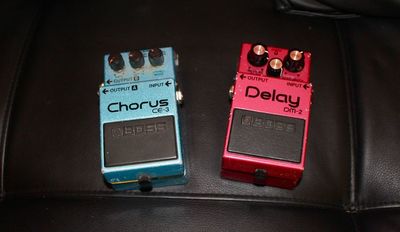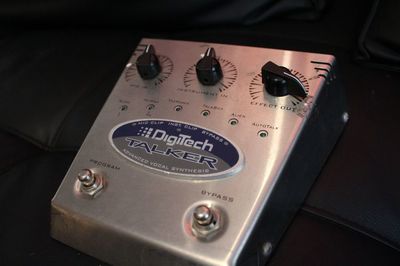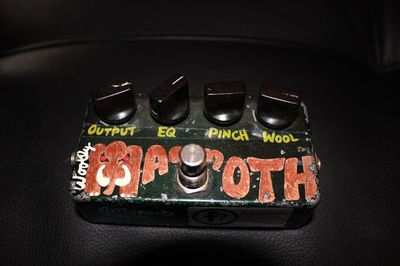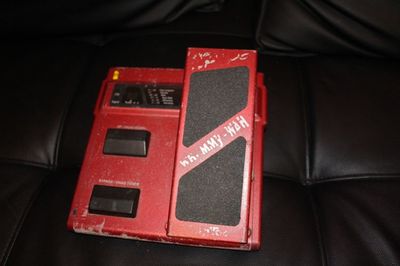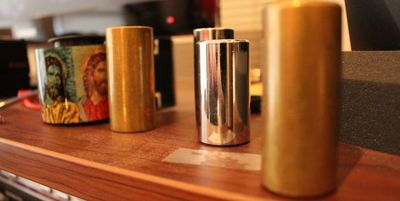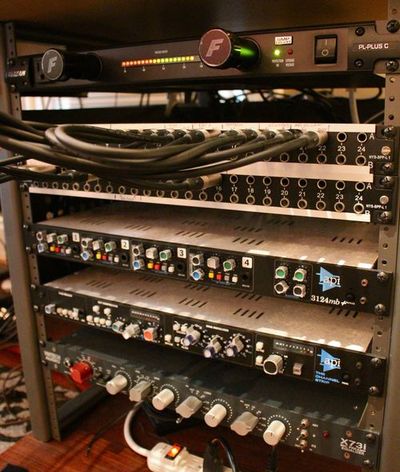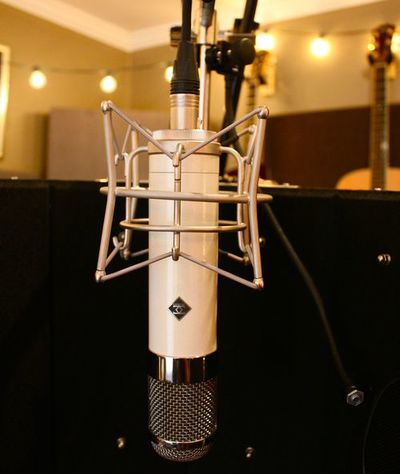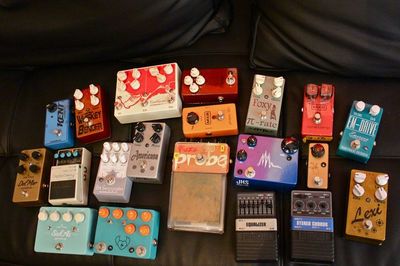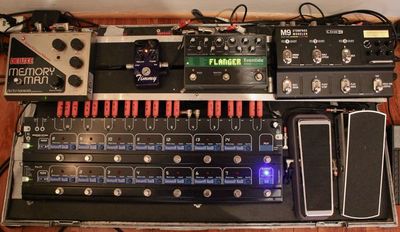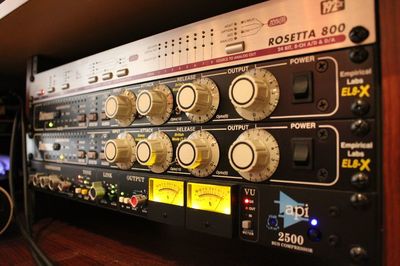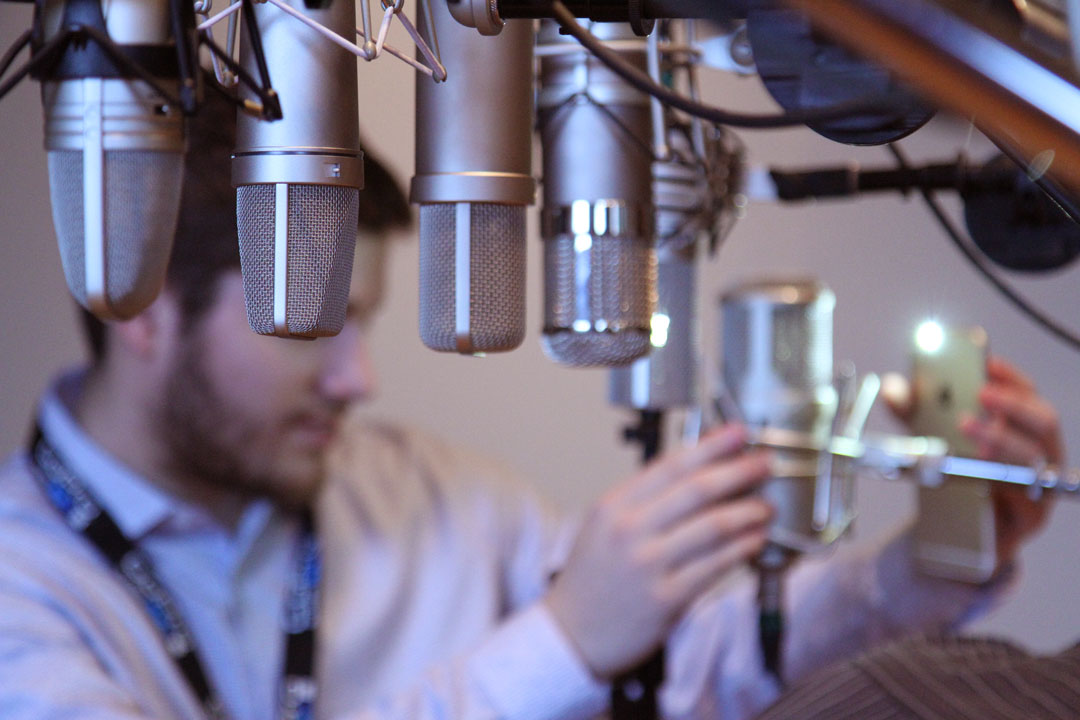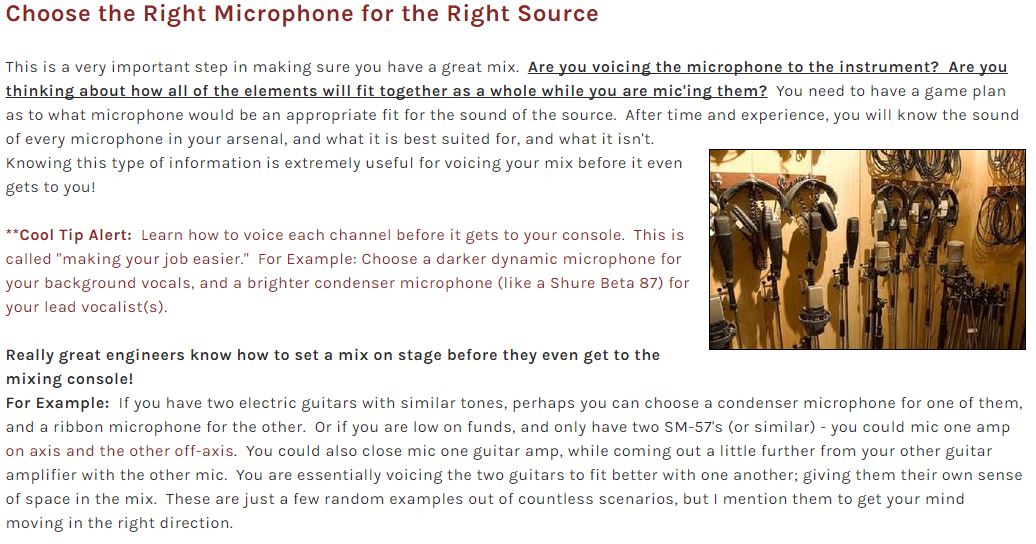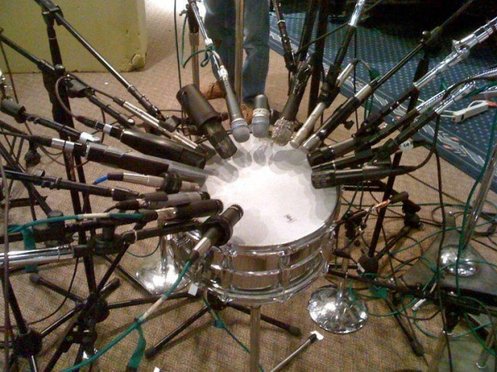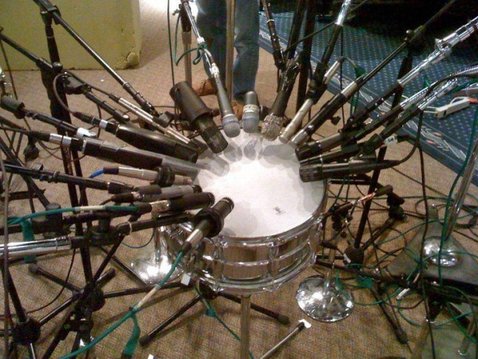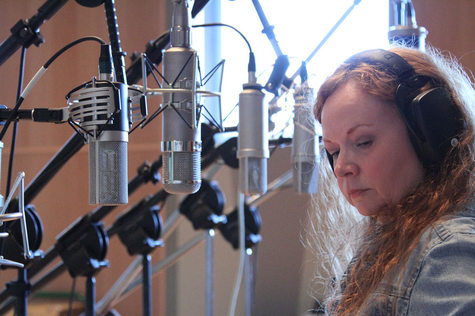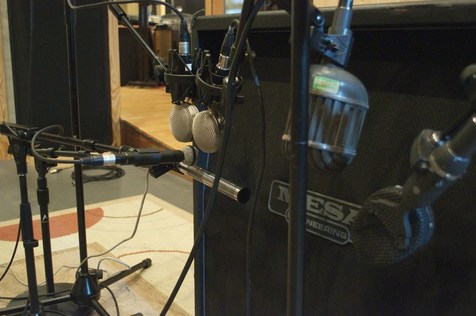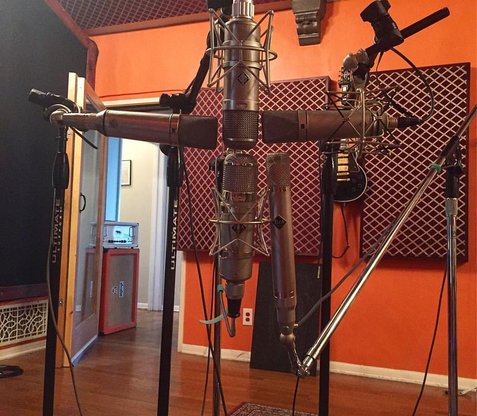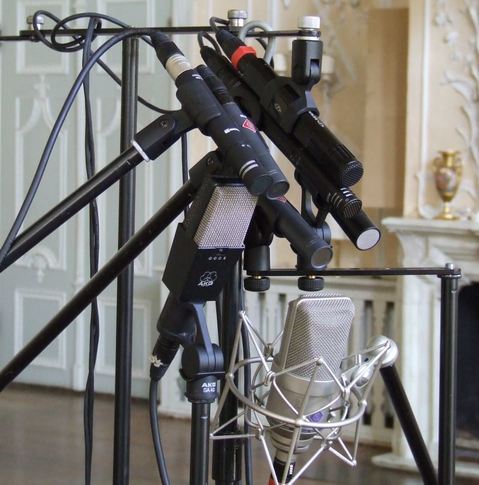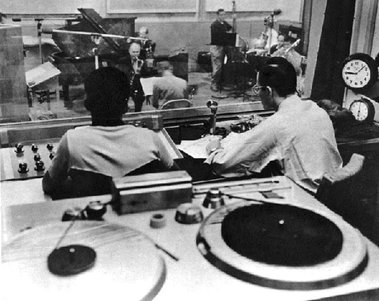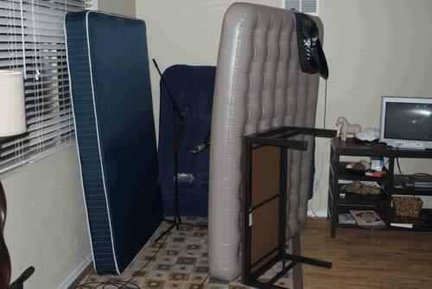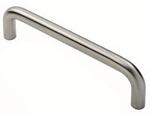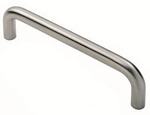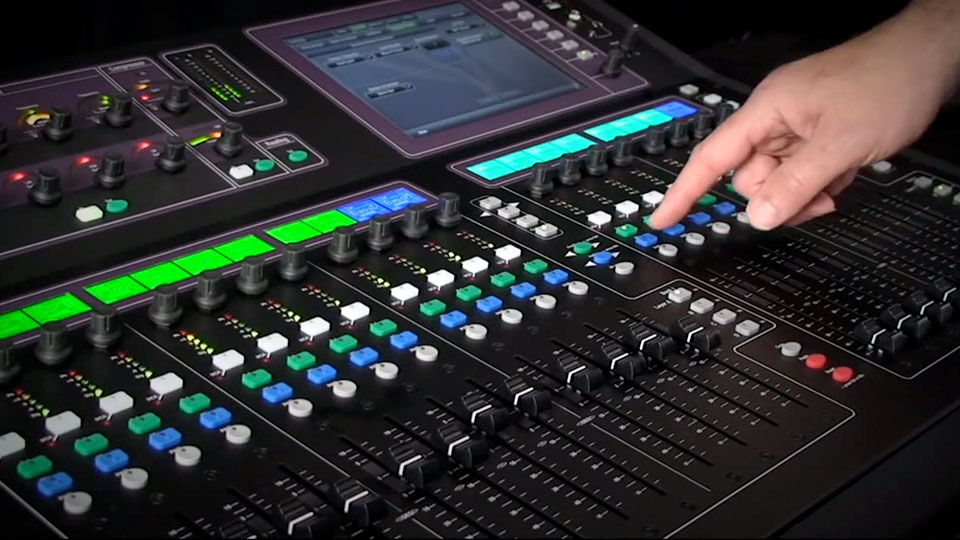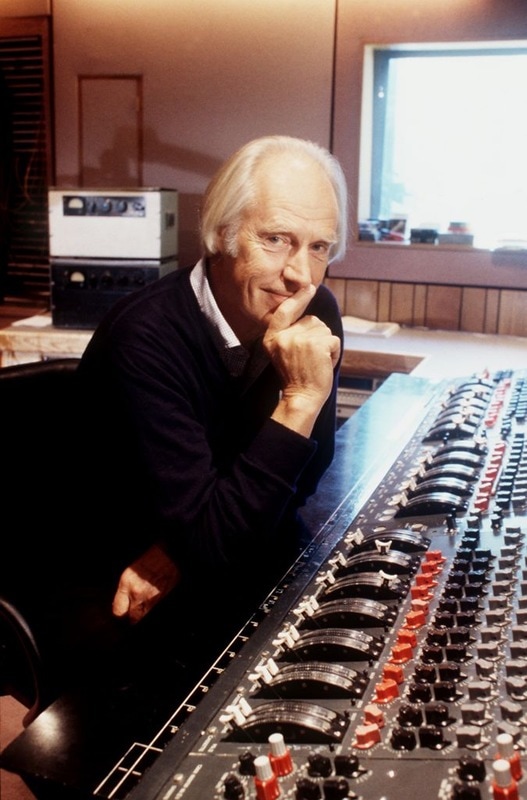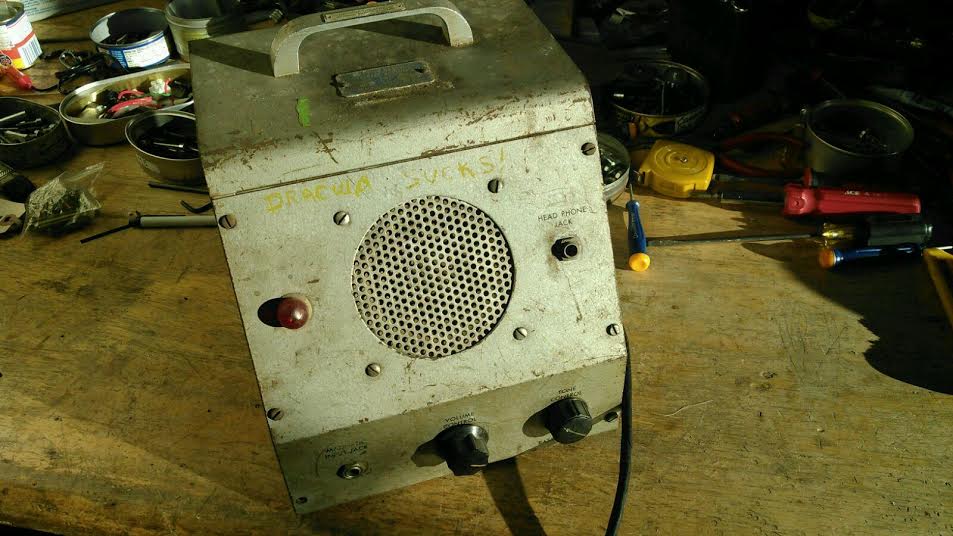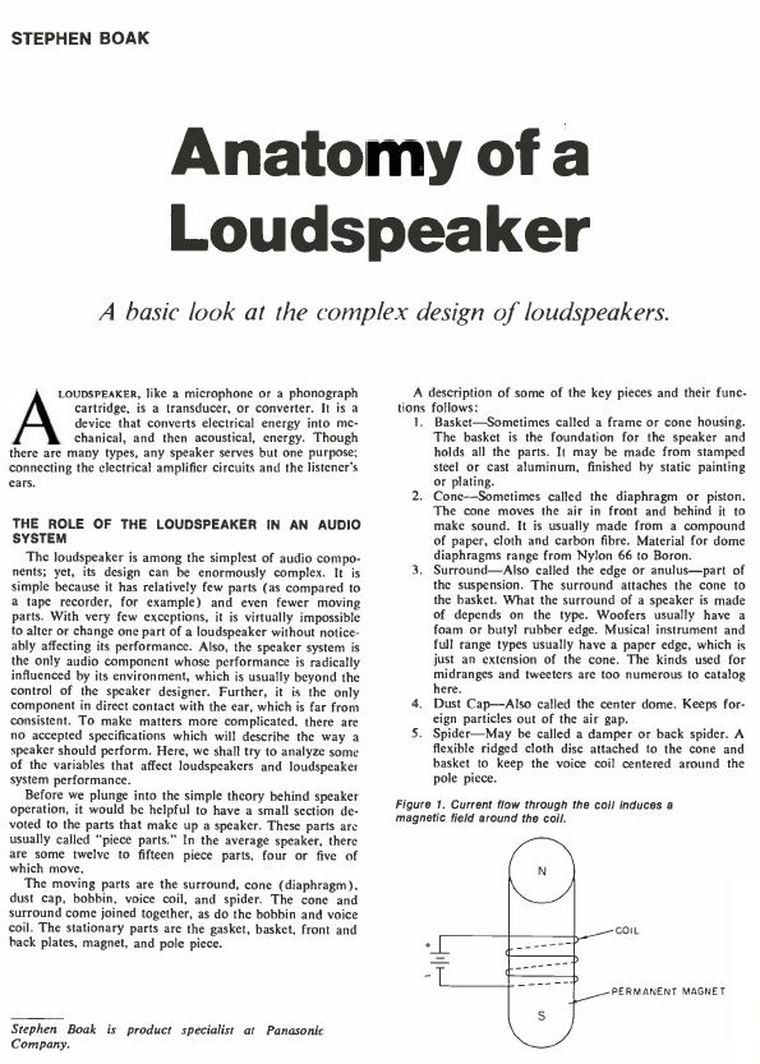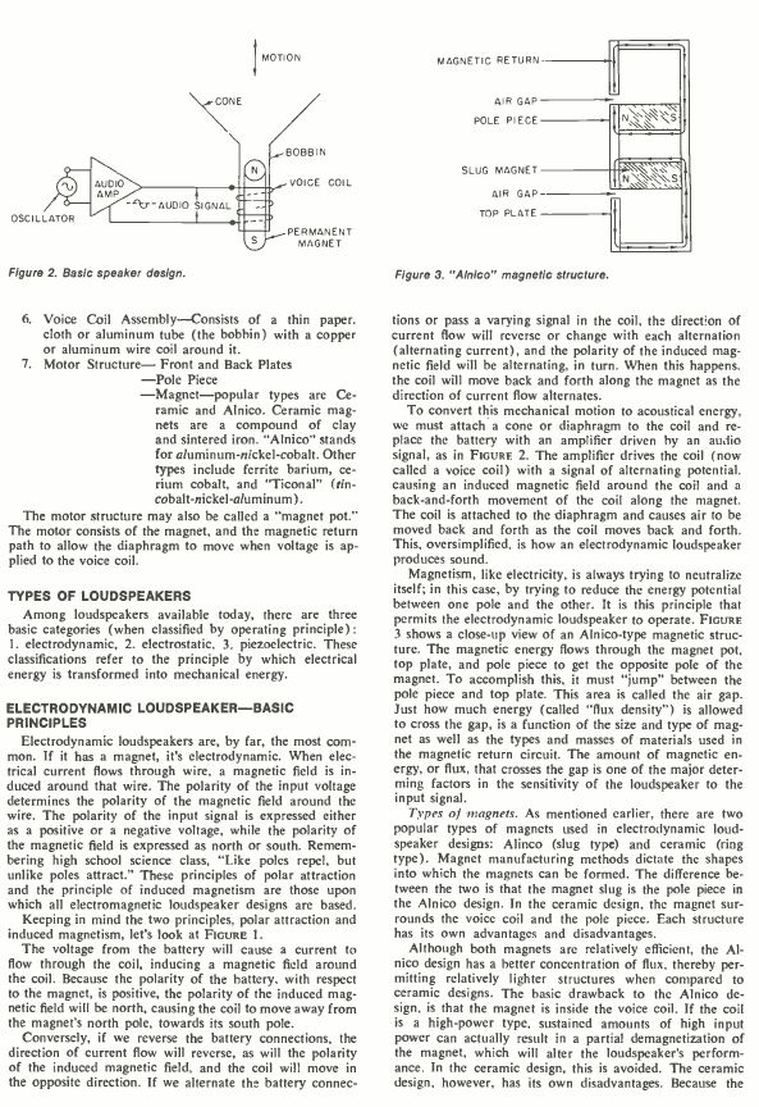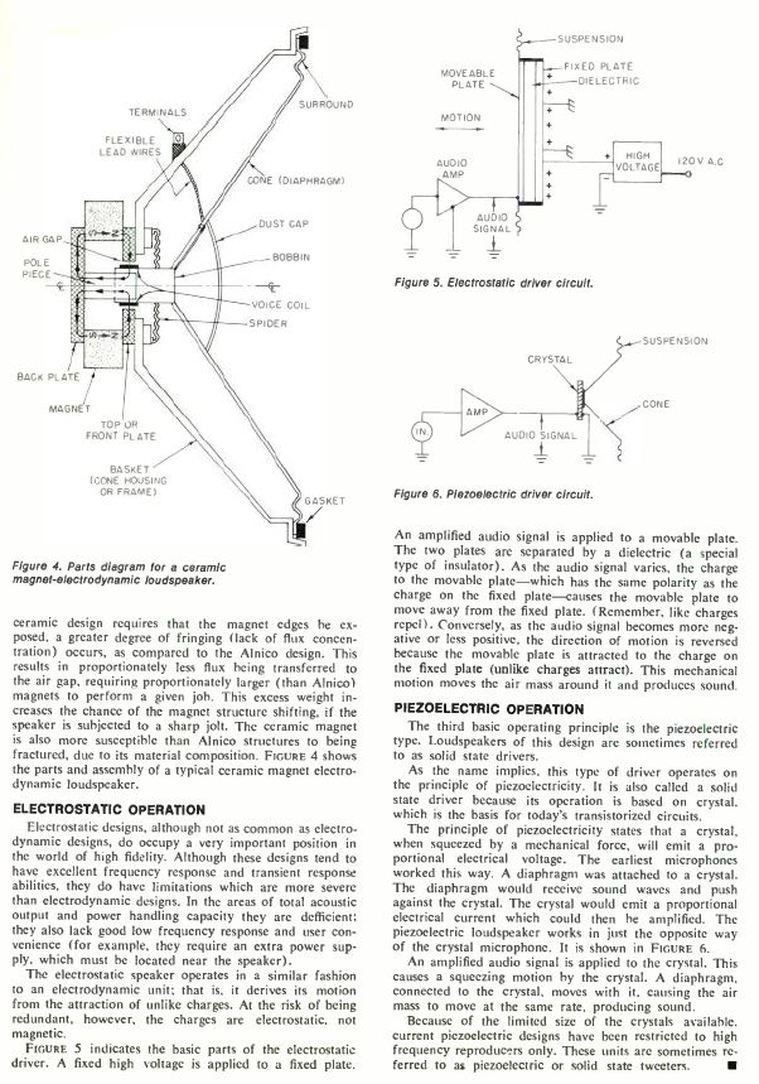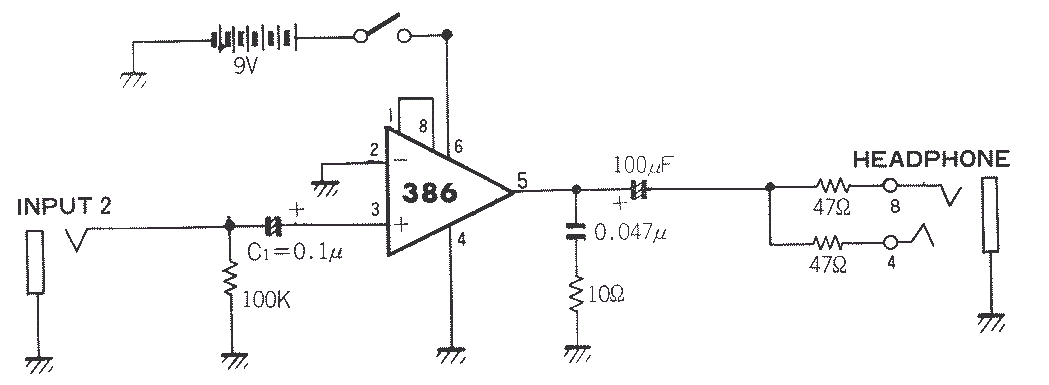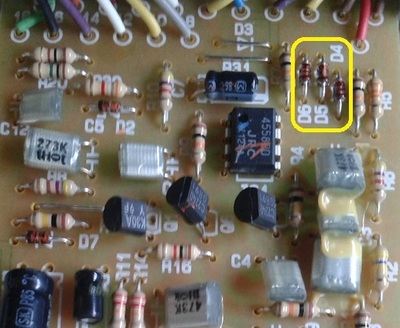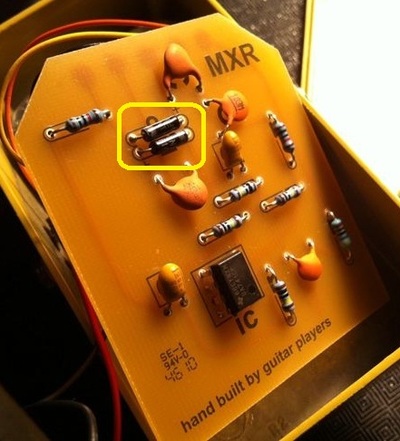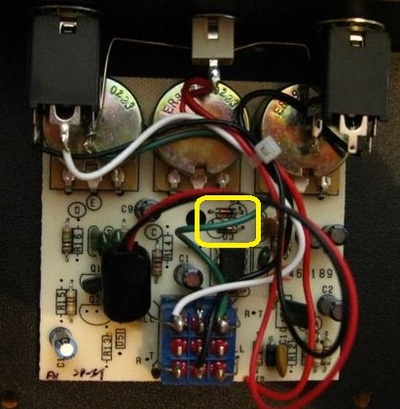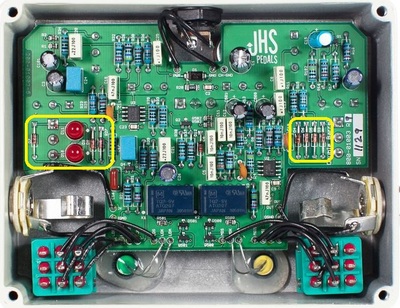|
Don't even deny you've missed me. I have some new material on the site (yay) - which is cool because I took a serious break for about a year and a half! Boooo!
0 Comments
You know what I loooooove? I love being waaay above the crowd so that I can hear absolutely nothing but reflections. This will surely give me a great spot to mix audio from! but wait, that's when audio |
|
Total sleeper mic. I did some recording this last weekend, and the 635 was the bees knees for lead vox. So darn smooth and just the right amount of everything. This microphone has been around forever and can be used for a variety of sources. Everything from vocals to guitar amps, and even snare drums.
Which brings me to the point of this post: don't get so wrapped up in the latest tech, that you forget how truly great some of the old tested & tried staples are. Classic gear is "classic" for a reason. |
|
So I walk into church the other day a little late during worship, and the mix is just a big pile of mush. No definition. Can't pick out individual parts. Just a big pile of auditory guacamole. Thankfully, this is an exception at my church, but it does happen on occasion. Now, any engineer that has any experience at all will tell you this has happened to everyone (myself included). If you find yourself in this this situation, here is a list of things you can do to rectify a mushy mix!
1. HIGHLIGHT CERTAIN KEY INSTRUMENTS
This is going to sound crazy, but work with me here: Your first line of defense against the horrors of a mushy mix, is to gently take the faders down a few dB of everything else in order to clear sonic space for these 4 instruments:
In other words, bring these 4 instruments out in the mix above everything else. Make sure your lead vocals are the star of the show with the other 3 instruments as a solid support/foundation. Work on getting these sounds out in front of the mix; making sure the kick drum and the bass guitar are not stepping on one another. Same thing should happen with the snare and lead vocals. No one ever walks away from a gig humming the snare drum!
2. KILL reVERB & OTHER EFFECTS
Even if only temporarily, kill your reverb until you get a workable mix again. It's better to roll dry and have a great mix, than super wet with an unintelligible mix. What most novice engineers don't realize, is that reverb "pushes" and instrument back away from the audience sonically. It creates a sense of space in your brain. It also can "smear" the intelligibility of the instrument you put it on; especially if you don't know how to properly set it up. Have you ever been in a gym or racquetball court, and couldn't understand what the other person was saying if they spoke too loudly? That's because your brain has a combination of all of the waves the ear presents to it all at once. Learning what type of reverb to use on certain instruments, and how to use the controls of a reverb processor, is a God-send in a mixing situation.
3. THE MUTE BUTTON IS YOUR FRIEND
One of the most powerful tools in your mixing disposal, is the mute button. I have had times when the band is killing it, and then there's some dude rocking a solo that sounds something like Yoko Ono getting in a fight with a bumble bee.
There are times when somebody in the band is just not paying attention and are off in La La Land, or sometimes you'll have somebody who is convinced that they should play as many notes as possible. This can leave you in a difficult situation because you don't want to be rude and mute them, but you know what...you totally should. Go ahead.
One of the most effective uses of the mute button, are out-of-tune background vocals. Have you ever had that situation where you have a "vocalist" that hears everything a half-step lower than the actual song?
Mute Button.
How about the guy that is convinced he should try and play the "new" blues minor pentatonic scale "he just learned" throughout the entire song?
Mute Button.
Or the same guy that just bought an e-bow, and decides he wants to run it through a flanger because "it sounds soooo cool."
Mute Button.
I think you may be getting the idea now.
Here's a technique developed by Courtney Love's engineer he has used countless times (I'm almost sure of it): When there is something coming across the speakers that sounds like someone is torturing a possum with a cattle prod - you grab the fader and start bringing down the volume gently but quickly...and then in one smooth act of mercy, you bring the other hand up to the console and press the Mute Button.
Aaaahhhh. That's better!
4. MAKE EVERYTHING SOUND AS NATURAL AS POSSIBLE, NOT AS BIG AS POSSIBLE
This really is something you should be doing during sound check as a common practice. The worst disservice you can do for yourself and your audience, is to try and make every instrument as huge sounding as possible. Don't waste your time going through each instrument separately trying to make them all sound massive. Your audience won't ever hear it that way once the gig starts going, and you have just created for yourself a beast that will eat your lunch later. You don't want every instrument fighting for the same space in a mix. The beauty about making every instrument sound as natural as possible, is that they will almost mix themselves. A kick drum doesn't sound the same as a bass guitar unamplified.
IN CONCLUSION
Hopefully the above information will give you the tools to get past a mushy mix. There are other great resources on this site, like some of these pages as well:
Mixing 101
The Voicing Concept
Microphone Technology
Microphone Placement
Equalization
Compression
Mixing 101
The Voicing Concept
Microphone Technology
Microphone Placement
Equalization
Compression
IS IT REALLY THAT SIMPLE?
These two steps will indeed radically improve your mixing. Whether in live sound or in recording, implementing these two simple things will be game changer. Yes, it really is simple.
WHAT IS IT, WHAT IS IT?
1. Make all instruments and voices as natural sounding as possible.
For instance: Does that acoustic guitar sound just like what it would if you were sitting in front of it unamplified? This is THE test!
DON'T MAKE EVERY INSTRUMENT AS BIG SOUNDING AS POSSIBLE, BUT RATHER MAKE IT AS NATURAL SOUNDING AS POSSIBLE!
2. Make sure you can hear EVERY instrument & voice clearly in the mix.
If something is stepping on something else, or something gets lost in the mix, you aren't mixing up to your potential. It's that simple. No excuses. Don't settle for anything other than the best.
For instance: Does that acoustic guitar sound just like what it would if you were sitting in front of it unamplified? This is THE test!
DON'T MAKE EVERY INSTRUMENT AS BIG SOUNDING AS POSSIBLE, BUT RATHER MAKE IT AS NATURAL SOUNDING AS POSSIBLE!
2. Make sure you can hear EVERY instrument & voice clearly in the mix.
If something is stepping on something else, or something gets lost in the mix, you aren't mixing up to your potential. It's that simple. No excuses. Don't settle for anything other than the best.
COME ON MAN, DON'T BE SO GOOFY - IT TAKES A LOT MORE THAN THAT TO GET TO THE ABOVE
Ok, ok - I get it. I thought you may say that. HOW do you make everything as natural sounding as possible? How can you present everything clearly and cleanly in a mix? You should visit other pages on this site like : Mic Placement and Mixing 101. Or, even The Voicing Concept. These 3 pages will help you reach the above. It's up to you to be the best you can be. Anything less is just an excuse! Going forward, let the 2 above steps be your motto:
1. Does every instrument sound natural?
2. Can I hear everything clearly and cleanly in the mix?
1. Does every instrument sound natural?
2. Can I hear everything clearly and cleanly in the mix?
BLAH BLAH BLAH, HERE COMES ANOTHER ONE OF "THOSE" ARTICLES AGAIN.
Oh wait...
AN ANECDOTAL STORY THAT MAKES ME SOUND LIKE A JERK
In the mid-2000's I had a band approach me to record their album. I had heard them live a couple of times and was thrilled to have the opportunity. The lead singer had told me they had written some new material and were ready to record. We set the date and venue (a large theatre with really high ceilings and beautiful acoustics), and I was looking forward to it. Fast forward a couple of weeks and I meet the band at the recording location with a truck full of recording gear. We get set up and start tracking. The scratch tracks are solid and on tempo, the drums are sounding killer, and then we start having some trouble. The bassist doesn't know his parts. We struggle through a couple of songs, and then the guitarist says, "Well, I don't really know any of it either."
I wasn't getting paid by the hour. I was getting paid by the song. I think to myself, "Well, how bad can it really be?"
It was bad. Really bad.
At this point, I stand up and start packing up my gear - yes, right in the middle of the session.
"Hey man, what are you doing?"
"I'm gone."
"Why?"
"Because you aren't ready to record. Go home and work on your songs."
I'm thinking to myself, "Oh well, there goes that - they won't call me again."
Fast forward a month - I get the call! "Hey man, we're ready now. You still wanna record us?"
And were they ever ready! They killed it, and we turned out a great album!
I wasn't getting paid by the hour. I was getting paid by the song. I think to myself, "Well, how bad can it really be?"
It was bad. Really bad.
At this point, I stand up and start packing up my gear - yes, right in the middle of the session.
"Hey man, what are you doing?"
"I'm gone."
"Why?"
"Because you aren't ready to record. Go home and work on your songs."
I'm thinking to myself, "Oh well, there goes that - they won't call me again."
Fast forward a month - I get the call! "Hey man, we're ready now. You still wanna record us?"
And were they ever ready! They killed it, and we turned out a great album!
TECHNOLOGY IS KILLING THE BEAUTY OF MUSIC
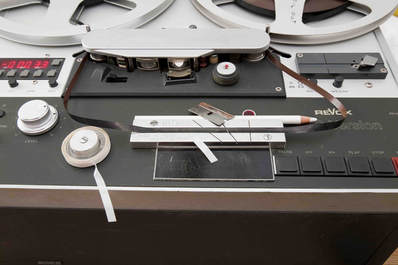
When I was coming up in audio engineering (not that long ago), things were radically different than what they are today. We didn't have the editing capabilities that we have now.
Sure we could "george" a bad sounding snare. - Why would you ever record a bad sounding snare?
We could re-amp. - Why not just change out the amp or mic for something that sounds great?
We could even get creative with a rackmount pitch shifter and an out-of-tune vocal. Why not just have them sing it over?
We were focused on getting the best performance possible during the recording stage; because if you didn't, there wasn't much you could do to salvage it except to re-record it. Bands were willing to give it everything they had, and pre-production was an actual thing.
Yes we had our tricks if we accidentally missed something (like at 3:30 in the morning and your brain is shot after tracking for hours on end, and you don't notice a minor issue), but then again, that was the exception.
Sure we could "george" a bad sounding snare. - Why would you ever record a bad sounding snare?
We could re-amp. - Why not just change out the amp or mic for something that sounds great?
We could even get creative with a rackmount pitch shifter and an out-of-tune vocal. Why not just have them sing it over?
We were focused on getting the best performance possible during the recording stage; because if you didn't, there wasn't much you could do to salvage it except to re-record it. Bands were willing to give it everything they had, and pre-production was an actual thing.
Yes we had our tricks if we accidentally missed something (like at 3:30 in the morning and your brain is shot after tracking for hours on end, and you don't notice a minor issue), but then again, that was the exception.
"There's no such thing as fixing it in the mix"
That mantra is dead. It's a shame. Now editing is a major component, and the line between editing and mixing is getting more blurred than ever. Editing has been a major part of mixing for a while now. It shouldn't be that way - but hey, I myself love me some modern tools. I have to. Professionalism means something different now.
Now excuse me, I gotta go quantize some sloppy drum tracks and tune some vocals.
Now excuse me, I gotta go quantize some sloppy drum tracks and tune some vocals.
I love vintage articles. This site is filled with them, and I'll tell you why:
1. Some of THE best educational material regarding audio engineering was written before the internet took shape.
2. I don't care whether I write everything on this site. I have no pride in this regard. My #1 goal is that you'd learn audio! So with that in mind, enjoy this vintage article written by Chris Foreman when he was with Altec.
1. Some of THE best educational material regarding audio engineering was written before the internet took shape.
2. I don't care whether I write everything on this site. I have no pride in this regard. My #1 goal is that you'd learn audio! So with that in mind, enjoy this vintage article written by Chris Foreman when he was with Altec.
Disclaimer: No, I'm not saying all new records are terrible, and all old records are great. That's not what I'm saying...
It's Not Getting Any Better
I was talking to my kids last night about music and recording over a boiling pot of spaghetti. We were talking about how beautifully old music was recorded back in the day. There is a difference.
You know what, no matter how much technology has given us nice tools, it has also given us a lot of substandard records over the years. I have found myself being tempted into thinking that I have to have the latest and greatest gear to make a good record. The truth is, you have to have great songs, well written, decent pre-production, great musicians with good sounding instruments, and an engineer with a great set of ears with experience to know what to do with what he/she hears.
Listen, I get it. I myself have been very thankful to be in a studio actually working, and even more thankful to have something like Melodyne to bail me out of folks who couldn't sing in tune. Musicians are lazy. I know. I'm a lazy musician myself. Now all you have to do is look good and shake your butt, and you've got a job. I'll never make it in this business with those kind of needed qualifications. Ha!
Technology. The great perpetuator of....oh nevermind.
Anyway, that brings me to my main part of this blog post. As an engineer, take pride in your work. Work hard. Know your stuff. Read, read, and read some more. Track and mix everything you can get your hands on. Learn from the older cats that's been in this business for years.
You know what, no matter how much technology has given us nice tools, it has also given us a lot of substandard records over the years. I have found myself being tempted into thinking that I have to have the latest and greatest gear to make a good record. The truth is, you have to have great songs, well written, decent pre-production, great musicians with good sounding instruments, and an engineer with a great set of ears with experience to know what to do with what he/she hears.
Listen, I get it. I myself have been very thankful to be in a studio actually working, and even more thankful to have something like Melodyne to bail me out of folks who couldn't sing in tune. Musicians are lazy. I know. I'm a lazy musician myself. Now all you have to do is look good and shake your butt, and you've got a job. I'll never make it in this business with those kind of needed qualifications. Ha!
Technology. The great perpetuator of....oh nevermind.
Anyway, that brings me to my main part of this blog post. As an engineer, take pride in your work. Work hard. Know your stuff. Read, read, and read some more. Track and mix everything you can get your hands on. Learn from the older cats that's been in this business for years.
There's an old saying that says "Give a great engineer an SM-57 and a tape recorder, and he'll turn out a great album." I'd rather have an EV 635, but I totally get the sentiment.
Nowadays it's give me the following, and I can make a good record:
A full Pro-Tools rig
Top of line of the latest & greatest plugins
The most expensive microphones I can't afford
A pair of Genelecs (are Genelecs a thing still) - maybe some Barefoots
An outboard summing device
Some Avalon & Manley tube pres
Blah, blah, blah
There's nothing wrong with having great gear. If you think I'm saying the opposite, you're missing my point.
If the song is weak, you have lazy musicians, and amazing gear - you have.....well you have what we have had in the last 20 years.
No one get all huffy and freak out on me. I know it's a super over-generalized statement.
Yes, there have been a few really great albums in the last few years, but the bad most definitely outweigh the exceptional. If it didn't, you wouldn't be rolling through the radio channels when you get in your car every 2nd song looking for something you like listening to. But we're used to that these days, and I guess it's the new normal.
Nowadays it's give me the following, and I can make a good record:
A full Pro-Tools rig
Top of line of the latest & greatest plugins
The most expensive microphones I can't afford
A pair of Genelecs (are Genelecs a thing still) - maybe some Barefoots
An outboard summing device
Some Avalon & Manley tube pres
Blah, blah, blah
There's nothing wrong with having great gear. If you think I'm saying the opposite, you're missing my point.
If the song is weak, you have lazy musicians, and amazing gear - you have.....well you have what we have had in the last 20 years.
No one get all huffy and freak out on me. I know it's a super over-generalized statement.
Yes, there have been a few really great albums in the last few years, but the bad most definitely outweigh the exceptional. If it didn't, you wouldn't be rolling through the radio channels when you get in your car every 2nd song looking for something you like listening to. But we're used to that these days, and I guess it's the new normal.
If the song is weak, you have lazy musicians, and amazing gear - you have.....well you have what we have had in the last 20 years.
I leave you with this. I don't even normally listen to this type of music, but my goodness, the engineering is so beautiful, and with none of the technology we have now (listen with headphones):
Wait, where's the massive kick drum? And why is the song only three and a half minutes long? Wait, he sang that in tune without autotune? It was recorded with just a few microphones? No automation? None of that? Yes, yes that's right. And what about editing? No editing on a DAW? Nope. A razor knife, a splicing/editing block, and some reel to reel tape - and editing was on exception...not the saving grace of a record.
Here we have a super sweet vintage article all about the wonderful Leslie cabinet. I hope you enjoy it!
This week we are test driving the "Blockfish" Compressor. I have used this compressor now for many years on countless projects. It's not an everyday kind of compressor, but it's definitely a lot of fun and sounds great on a number of sources. For this demo, we try it on some drum and loop tracks:
This plugin is part of a plugin pack that also includes a killer little de-esser, and a gate/expander. The above demo was done with a Windows 10 machine. Reaper is the DAW. There is a Mac version, but it's only compiled for older PPC based Macs. The pack can be found here (along with some other cool plugins as well).
We are in a new series of trying out FREE plugins! For Part 1, we quickly dive into the GSI Watkat!
A free Emulation of the Watkins Copicat:
"Charles Watkins invented the Watkins Copicat, an echo unit introduced in 1958. Mr. Watkins was inspired by the Morino Marini Quartet who made famous the Comi Prima, which contained a special use of repeated phrasings. The Copicat revolutionized the world of music beginning in the United Kingdom, Watkins’ home country, and soon covered the world. The echo unit did not contain any printed circuit boards, just a few valves, a tape loop and as he said “a bit of imagination.” The Copicat was sold by the hundreds of thousands and is still regarded as a standard echo unit for most recording studios and concert halls. Accredited as the major element in the sound of the 60's, many models are still being played nightly over 50 years later. "
Stu G is one of the most well respected and accomplished musician/artists. It's hard to imagine in what area he has not had an impact on countless others. From being a major force in the realm of worship through his involvement with Delirious?, to his more current role in the band One Sonic Society, he has paved a tremendous path of influence for fellow worshippers and musicians. He's made waves in performing, songwriting, production, recording, and now even writing!
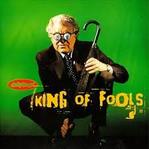
The first time I had heard Stu's guitar work, was the "King of Fools" record. I remember being on the road with the band I was in at the time soaking in that album. Songs like "Hands of Kindness" stayed on repeat on my portable CD player (I'm old Ok?). As time progressed, I discovered some of their earlier albums - such as "The Cutting Edge." Songs like "When All Around Has Fallen," and "King of Love" stayed on rotation. One summer when we went on tour out to California, our bassist showed us "Live and In the Can." Then add to it the rest of his discography with Delirious?: Mezzamorphis, Glo, Audio Lessonover, Touch, World Service, The Mission Bell, and Kingdom of Comfort - and this is not even including the live albums as well. It was ridiculous how great Stu's work with Delirious? was/is. Timeless. He always puts the right guitar parts in the right places - and that's one of the highest compliments I can pay a fellow musician.
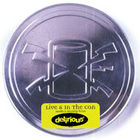
As A Side Note: Worship music back then (90's & early 2000's) had a different spirit about it. It was sweet. Affectionate. Effective. It wasn't a genre. These were the days when Vineyard Music was a thing. When albums like "Sweet Mercies" by David Ruis blew me away- or Kevin Prosch's old band, The Black Peppercorns and their album "Tumbling Ground," stayed on repeat. These musicians at the time were "History Makers," and Stu G is certainly no exception.
20 years later, and Stu is still putting out timeless work. I caught up with him recently via a Skype interview to discuss his new album "The Beatitudes." The thing that struck me by speaking with Stu, is that his heart really is to reach people. He's on his own journey. His own path. And along the way, he has really turned out something really quite unique and beautiful:
One of the many things that sets this album apart, is the incredible line up of guest musicians who lent their gifts to make this project happen. Pictured below are some of the artists that are featured on The Beatitudes:

Pictured at The Smoakstack studio in Nashville during the recording of the Beatitudes album (except where noted) are artists Matt Stanfield, Jimmy Abegg, Anthony Skinner, Paul Moak, Steve Hindalong and Stu G (left top), Amanda Cook (left, upper middle), Propaganda (left, lower middle, at Westlake Recording Studios in Los Angeles), Paul Moak, Stu G and Jimmy Abegg (left bottom), Terrian Bass (right top), Matt Maher (right middle) and Amy Grant (right bottom). (Photos by Daniel C White, Jeff Arnold, Tom Williams.)
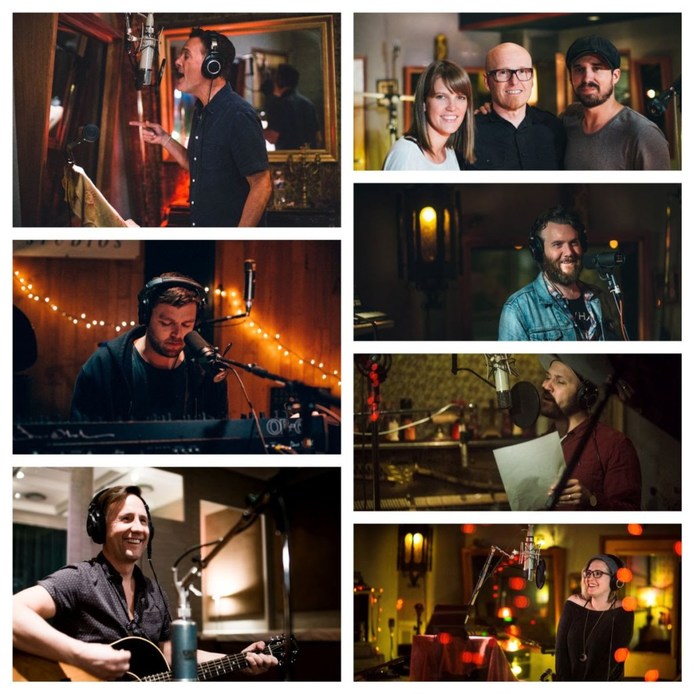
Pictured at The Smoakstack studio in Nashville during the recording of the Beatitudes album (except where noted) are artists Michael W. Smith (left top), Joel Houston (left center, at Record Plant recording studios in Los Angeles), Martin Smith (left bottom, at RAK Studios in London), All Sons & Daughters’ Leslie Jordan and David Leonard with Stu Garrard (right top), John Mark McMillan (right, upper middle), The Brilliance’s David Gungor (right, lower middle) and Audrey Assad (right bottom).

The breadth of musicians and special guests on The Beatitudes project is really remarkable. I am quite sure Stu must be very happy with how his original vision (from so many years ago) to make an album revolving around the beatitudes played out. There's not a weak performance or a mediocre song on the whole album. The songs are powerful, thought provoking, fresh, & inspiring.
My Interview with stu:
Which brings me to our interview we conducted with Stu a few weeks ago via Skype. I found him to be a humble & open book regarding his impressive history as a musician, his current projects, and even his own personal life. We go through the album and the gear used for his new project, but the last part of the interview really spoke to me. I decided I would only show this part of the interview because it really speaks to so much of us in so many different areas of our own lives. There are numerous videos and interviews where he discusses his gear and such, but this was truly a unique moment:
Stu's Gear
As a fun little extra, I decided to include his impressive array of gear. Stu's got it goin' on.
Guitars
Amps
Effects & Other Gear
I would like to say thank you to Stu Garrard for taking the time for our interview with him.
AN ARTICLE WRITTEN WITH A LITTLE MORE CLARITY - I'M IN THE MARKET FOR A NEW VOCAL MICROPOHONE...
So yesterday I wrote a quick blog post about how I believed that microphone shootouts were a big waste of time, but what I failed to do, was to clarify what was in my mind at the time when I wrote it. I watched a microphone shootout from a retailer. A woman was going between each one singing, and I thought - "Well that particular microphone sounds great with her voice, but how could anyone make a purchase decision based on a microphone shootout online with a totally different person, in a different studio than mine, with a different microphone preamp than mine?
I am in the market for a microphone for my wife. She's a powerhouse of a singer with a deeper tone, and an insane range. I can't just watch a video of a random lady with a totally different sounding voice, and say - "yup, since that microphone on that lady sounded the best, that's the one I should buy."
I am in the market for a microphone for my wife. She's a powerhouse of a singer with a deeper tone, and an insane range. I can't just watch a video of a random lady with a totally different sounding voice, and say - "yup, since that microphone on that lady sounded the best, that's the one I should buy."
I was in no way saying that a microphone shootout in your own studio is a waste of time - because it's not
Check out a screen capture from my Mixing 101 page (which i've had active for over a year):
But there's no way you can tell me this right here:
...is going to be in anyway helpful for making a microphone purchase decision for my own snare, and in my own studio. At best - it will give me a "rough sketch" of a microphone's voice. Now as an engineer with over 25 years of experience and 100's of projects under my belt, i've heard most of those microphones over and over on snare drums. I have my go to's because I am familiar with each of their voices, and what has worked for me in the past. Now I can say, "for that particular snare drum, microphone x sounded the best in that video." But, what if I have a snare drum made out of birch with an Evans Strata 700? There is no way from that video, that I could determine which microphone would sound best in my own situation.
microphone shootouts in your own place on your own gear
This is where I failed to clarify my position. You can't read my mind.
Just about every engineer with a decent mic cabinet will change out microphones in a session to determine what sounds the best according to the client's instrument - but in the real world, if a client is paying you by the hour, you better already know your mics so that you aren't wasting a lot of time. This is called being professional. Of course, nowadays, there's not much of that kind of work (hourly) going around anymore...
Just about every engineer with a decent mic cabinet will change out microphones in a session to determine what sounds the best according to the client's instrument - but in the real world, if a client is paying you by the hour, you better already know your mics so that you aren't wasting a lot of time. This is called being professional. Of course, nowadays, there's not much of that kind of work (hourly) going around anymore...
Watch out, Mr. Ranty Grouchy Pants Strikes Again...
REASONS & VARIABLES WHY MICROPHONE
SHOOTOUTS ARE WORTHLESS & A BIG PHAT WASTE OF TIME!
1. The acoustical space you are in. Rooms & Venues vary wildly. Any engineer with any experience whatsoever will tell you that the space in which the microphone resides will play a BIG part in how the microphone sounds.
2. The Instrument. Every instrument is going to sound different. And then mix in the variables in how that instrument behaves with:
a. The musician playing the instrument.
b. The room
c. The microphone cable (cable type, build, length, etc)
d. The temperature
e. The humidity
f. The build quality
g. The materials the instrument is made of
h. The strings, reeds, drum heads, etc
i. The age of the instrument
...just to name a few
3. The Musician/Vocalist. Every person sounds totally different.
4. The Temperature. Yes, temperature can make a huge difference in the sound of whatever the microphone is mic'ing.
5. Humidity. Take a drumset, and put it in a very dry climate. Then take that same drumset and put it in a very humid climate. Humidity makes a big difference in how an instrument sounds.
6. Tuning. The old music store trick of detuning an acoustic guitar comes to mind. It'll sound richer.
7. The Amplifier - No two guitar amplifiers will sound the same.
8. The Mic Pre. Same microphone on 2 different preamps can sound totally different!
9. Microphone Placement. If you take a microphone and move it an just inch on most sources, there will be a tonal difference.
10. Microphone Impedance and how it behaves with whatever mic pre it's hooked up to.
11. Cable Length.
12. Speakers. Instrument amps vary wildly according to what brand/type of speaker it's running with.
I think you may have the idea now.
**edit, before you get all upset and start freaking out, I clarify my position here.
THEN
NOW
To achieve great tones, you don't have to spend a fortune on pedals and other gear. If you aren't a gear snob, or if you don't mind buying used, you can find some good pedals that are more than adequate to give you what you need. Let's dive into how to build a respectable pedalboard affordably.
THE PEDALBOARD ITSELF
Go to a hardware store that carries plywood. Most of these places will have smaller pieces, or a service in which they will cut any size for you. For most folks, a 1ft x 2ft piece of 15/32 (1/2") plywood is more than big enough for a simple pedalboard. Then go get some ebony wood stain. After you do that, go to the cabinet hardware section, and get a pair of these drawer handles:
Don't forget about some velcro. Gotta hold those pedals down!
Now go home out in your front yard, and grab a walmart bag and a cheap rag (it can be an old t-shirt). Use the walmart bag as a make-shift glove, and coat the pedalboard with the ebony stain using your cheap rag. Make sure you have on old clothes, and don't let the stain get on your hands (it's hard to get off).
Once that's dry, get a drill (borrow one from a friend if you don't have one), and drill holes for your handles on each side of the pedalboard. The drill bit should just barely be larger than the screws that go into the handles. Use your handles laying sideways on the pedalboard for a drilling template if need be. Once your stain is dry and your handles have been attached, you have a cool little pedalboard. Total cost isn't more than about $20-$30.
Other options could include:
Once that's dry, get a drill (borrow one from a friend if you don't have one), and drill holes for your handles on each side of the pedalboard. The drill bit should just barely be larger than the screws that go into the handles. Use your handles laying sideways on the pedalboard for a drilling template if need be. Once your stain is dry and your handles have been attached, you have a cool little pedalboard. Total cost isn't more than about $20-$30.
Other options could include:
- Counter-sinking the handle screws on the bottom of the board
- Cutting a 4" x 2ft wooden piece with one side (the side that touches the floor) rounded. Then screw this to top of the board upright as a riser to lift the back of your pedalboard up. Drywall screws work best for this. Or, just some large rubber feet on one end will work too!
- Sanding your pedalboard before you stain it
POWER
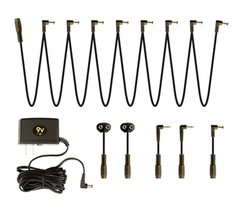
Some would argue that you HAVE to have a pedalboard power supply that has isolated outputs. While this is a nice option, it's not totally necessary. There are thousands of guitarists right now that are using the Truetone One Spot. Super affordable & Super reliable. For my main pedalboard, I use a Voodoo Labs Pedal Power 2 Plus, but for my 2nd pedalboard, the One Spot has done a stellar job.
OVERDRIVE
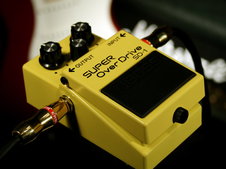
For years, I have been on the hunt for the ultimate overdrive. I keep buying all of these boutique OD's in hopes of finding something that can beat my Boss SD-1 Super OverDrive. Still hasn't happened yet. I know that everyone's tastes are different here, but the SD-1 is one of THE most popular overdrives on the planet! One of the reasons is because it sounds really great, and the other is because at $49, it's a steal.
DELAYs
There are actually some really solid affordable delay pedals out there if you know what to look for.
To me, a good delay should have the following:
Not all of the pedals on this list feature tap tempo, but they have the two most important things down:
Good Tone & Reliability
To me, a good delay should have the following:
- Good Tone
- Reliable
- Easy to tweak interface during a live session.
- Tap Tempo - either on board, or a jack for an external tap tempo pedal.
Not all of the pedals on this list feature tap tempo, but they have the two most important things down:
Good Tone & Reliability
So with that said, let's jump right in:
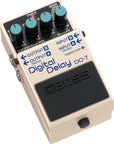
A. The Boss DD-7. I had the DD-5 when I was playing a lot of live gigs in the late 90's and early 2000's. I loved that pedal. The DD-7 is an upgrade. Once Boss decided to return back to the external tap tempo jack of the DD-5 and abandon the goofy DD-6 one pedal thing, they were back in business with a decent delay pedal at a fair price.
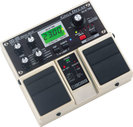
B. The discontinued Boss DD-20. This is one of THE most recorded delays in modern history. It's versatile, sounds great, and it can be bought for a fair price used.
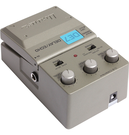
C. The butt-ugly Ibanez DE7. Ugly shell. Great delay tones!
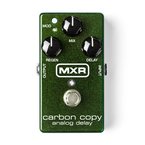
D. The MXR Carbon Copy Delay. Gorgeous analog delay tones with some internal trimmers for more tonal options.
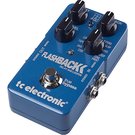
E. It's really hard to beat the TC Electronic Flashback Delay in terms of price vs. features. Rock solid performance and a stellar reputation puts this pedal in a definite spot on this list.
REVERB
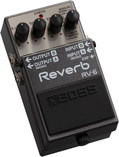
If you have the cash ($149 Street), the Boss RV-6 is a solid choice for a versatile and affordable verb pedal. If you have a built-in reverb on your guitar amp, you may not even need a reverb pedal. For a lot of stuff, a good old fashioned spring verb can be more than adequate. Some other affordable options would include the EH Holy Grail, the Danelectro Spring King, and the EarthQuaker Devices Dispatch Master.
OTHER EFFECTS
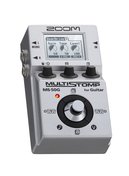
I am convinced that the most affordable & greatest fill-in-the-gaps type pedal is the Zoom Ms-50g. Nothing can come close to the price/feature set of this pedal. It can do just about any effect you throw at it, and it does them all fairly well! This pedal is a total sleeper. If you know what you are doing with tone, and have a good ear, it's a killer economical choice. The only negative about this pedal is the user interface (and the manual is no help). At first there is a learning curve, but once you get the hang of it, it's actually very easy to navigate. This pedal features EQ's, Compressors, Modulation Effects of every type, Reverbs, Delays, Pitch shifters, Amp Simulators, etc.
OTHER CONSIDERATIONS
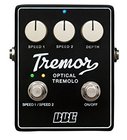
I really love tremolo. I have a Fulltone Supa-Trem & a Seymour Duncan Shapeshifter. They are both really nice, but are a little pricey (unless you get them used). For an affordable tremolo, i'd have to say the BBE Tremor is the best option. The fact that it has two switchable speeds (you can control each speed separately) is really neat. It's built tough & it sounds really good.
Tuner
The cheapest and most effective tuner would be a clip-on. It stays out of your signal path, and you can tune silently if need be. They are super cheap, and won't take up any extra pedalboard real estate. I personally own a Korg Pitchblack (not a clip-on), but it may not be worth it to you to throw down another $80 for a tuner in a pedal format. Good clip-on tuners are made by Planet Waves ($12), Korg ($12), and Fishman ($15).
Well hopefully we this article will have you on your way in building a super effective and affordable pedalboard!
"OOOOOOO look at me, I can save a scene where all of my knob locations are stored for the next time I power up the console!"
"Well isn't that precious, we've had that 'feature' built into analog consoles for the last 70 years."
| |

MAY 1ST (All Seats are filled for the May 1st session), May 2ND, AND May 4TH - 6pm TO 7'ISH PM: This is a one hour (could go longer) event hosted online. In this event, we will be discussing the most important topics about audio engineering from a live sound and recording perspective. At the end of the seminar, we will be having a question & answer session where you can ask any question you may have. This could be about any topic including: troubleshooting, setup, install, mixing, compression, EQ, effects, feedback and noise issues, mic placement, what gear to buy, etc. The topics will be presented in a simple & easy to understand fashion. We are limited to only 30 participants per seminar; and at only $10 a ticket, they go fast! Upon purchase of the online seminar ticket: Within 8 hours, you will receive an email detailing how to connect to the seminar. From there, you can choose which seminar to attend - and if there's enough space, you can actually attend more than one! Register for a ticket to hold your place here.
THE LITTLE FOXES THAT SPOIL THE VINE
Nothing can make your mix more muddy or cruddy sounding, than poorly maintained instruments. Maybe you were hoping for an article about EQ, compression, or effects? Perhaps you were wanting the coolest fad of an effect or processor to tighten up your mix? Can I just share this with you? The most effective things, are the simple things!
Les Paul Needed a Bath
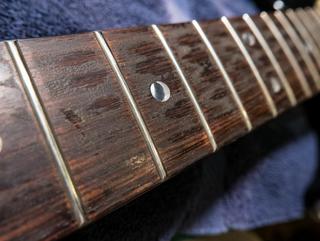
I had this friend of mine come to me for some much needed guitar repair on his 1974 Gibson Les Paul. His complaint, was that his guitar sounded dull and lifeless. He was hoping to replace the pickups and all of the hardware to "brighten it up a little," but I had a much different idea.
His problem wasn't any of his hardware, but that his guitar was filthy. His strings (that probably hadn't been changed since the 80's) had caked on dirt and sweat. The fretboard looked a lot like the one in the picture here, but it was far worse. I spent at least 2 hours just cleaning the guitar before changing the strings. Once I gave the guitar back to him, he plugged it in, and was blown away by the difference. He asked me, "what did you do?" I replied, "I cleaned it."
His problem wasn't any of his hardware, but that his guitar was filthy. His strings (that probably hadn't been changed since the 80's) had caked on dirt and sweat. The fretboard looked a lot like the one in the picture here, but it was far worse. I spent at least 2 hours just cleaning the guitar before changing the strings. Once I gave the guitar back to him, he plugged it in, and was blown away by the difference. He asked me, "what did you do?" I replied, "I cleaned it."
The Lars Effect
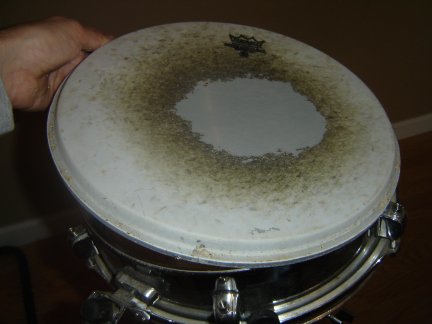
I was called into a recording session to track some drums. When I walked into the studio, there was this young kid with an attitude setting everything up (the drummer). When he started playing, I noticed right away his drums weren't tuned, his drum heads had zero life left in them, and his drum pedal squeaked. My handy-dandy bottle of 3-in-1 oil solved the squeaking problem, but his drums sounded like he was smacking a set of tupperware lids (I call this the Lars effect). I politely asked him if he had any newer heads. "NO, they're fine," he retorted. I asked him if we could spend some time tuning his set. "No way maaan, it sounds great!" I went to the "producer," and he told me to just roll with it after a long and "polite" conversation. So off we go. We build several tracks on one of the worst sounding drum sets in history (and these were the days before drum replacement). I solved the ringing snare from hades by "georging" it after the band had left for the night, but those toms were irredeemable. Turd in, turd out.
You Know Where This is Going Don't You?
You Know Where This is Going Don't You?
Upon mixdown, the drummer is missing, and nowhere to be found. He finally comes in two days into the mixing stage, and the first thing he says is, "My drums sound like crap!" Ha Ha! Classic!
The Low Down
I get called in to do some session guitar work for a worship band several years ago. I set up, get my charts, and off we go rehearsing. The whole rehearsal, something just seems off. I pinpoint the issue is coming from the bassist. No fretless, but I can tell he's slightly sharp the whole time. Once the band takes a break for a little, I check his intonation. Bingo! He's REALLY off on every string. I spend about 20 minutes getting his intonation spot on, and his bass re-tuned. Band comes in from their break, and off we go rehearsing again. This time the band starts clicking, and I hear someone say, "Whoa, for some reason, everything sounds so much better."
"THERE IS NO "FIXING IT IN THE MIX"
This motto I have carried with me for the last 25 years in engineering. Even nowadays, there is only so much you can do to improve a crappy sounding instrument (and even less, a poor musician). If you are a musician, go through your gear with a fine toothed comb. Stay on top of it at all times. This is called "being professional," and the engineer will love you for it! Are your cables in good working order? Is your instrument properly maintained? Are your drumheads in good shape? Does your amplifier have fresh tubes in it? Do you know how to repair something electronically? These are just a few of the things you need to consider going forward if you are serious about being a musician and/or an engineer.
DISCLAIMER: IT'S LIVE - DON'T TOTALLY STRESS OUT ABOUT BLEED
In a live situation, you are going to have bleed. This is the nature of the beast, and is actually one of the most glorious things about a live gig. This is not something to be frustrated or scared about, but to be celebrated.
Now with that in mind - read on:
Now with that in mind - read on:
THINK ABOUT BEING INTENTIONAL
There are several ways to tighten & clean up a live mix. In part 1 of this series, we will be exploring effective stage plotting.
Check this out (what do you notice):
Check this out (what do you notice):
Drum overheads have minimum bleed because they are behind the band.
Guitar amps are in front of the drums and are (for the most part) mic'd with super cardioids.
Keys and the Leslie are behind the guitar amps and not directly in front of the drums.
Monitors shooting in the nulls of the vocal microphones.
Notice the sound absorption between the lead guitarist's amp and the keys area.
Here's another example:
What do you notice about the instrument amplifiers?
Notice the position of the performers in relation to each type of instrument.
Notice the position of the performers in relation to each type of instrument.
FIND THE BALANCE BETWEEN A CLEAN MIX,
AND NOT UPSETTING WHOM YOU ARE SERVING
Don't be so hard headed that you are going to go for the ultimate stage plot while ignoring the needs of the musicians you are serving. Find the balance. If you are super polite and professional, most bands will compromise with what you want to achieve as well (within reason). Feel it out. Problem solve. Be bendable. If the musicians are not comfortable on stage, you can (and will) lose the vibe very quickly. That's a lose-lose situation.
Stay tuned for the next post as we discuss more creative ways to clean up a live mix.
Here's a cool vintage article about the anatomy of a loudspeaker and how a speaker works.
Do you dig cool vintage audio educational material like the above? You should become a member to read thousands more like it in our Vintage Audio Portal!
Yes it's mono. If you want to turn it into stereo, you could build two of these. One powers the tip, and the other the ring.
The original schematic appeared in a Japanese book with a lot more filtering in place. I simplified it for almost anyone to be able to build this easily. The 386 is a very robust and forgiving chip. A 9 volt battery will work fine, but a guitar pedal power supply would be good too if you don't mind the wallwart.
The chip is an LM386 - which is readily available almost anywhere you can get electronic parts. I recommend using a socket for the chip to make the build easier and more successful. This circuit features a low parts count and can be made for about $10.
If you see any corrections or additions that need to be made, please feel free to comment below.
Note: If you'd rather have a volume control, you could add one right before the 1/4" out. If you build a stereo version, a stereo potentiometer would be a great addition. Either way, a 100k, audio log potentiometer would work. 1/2 watt is ideal and will work fine.
If you are not for sure how to build anything electronically, I have temporarily left my electronics page open for a limited time so that you can learn!
Disclaimer: The truth is, I use compression on electric guitars a lot too when I mix...but this is an article about thinking through your own mix decisions before you do them. Don't just do something just because you've always done it that way.
So, why not always compress electric rhythm guitars? Here's the reasoning behind it:
Compressor pedals on pedalboards
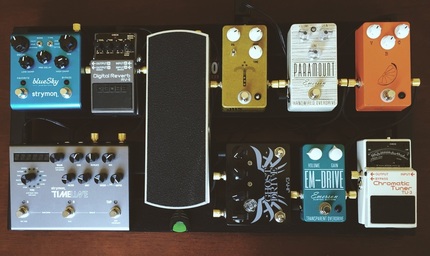
1. Most guitarists (especially on a professional level), already have compressor pedals on their pedalboards, and usually they are left on all the time. No, I am not saying everybody has compression on all the time, but I am just saying that it is very common.
Stay with me here folks...
Stay with me here folks...
the inherent compression aleady found in overdrive pedals
2. Overdrive pedals already compress the signal coming from the guitar. I used to design and build boutique guitar pedals for a now defunct boutique pedal company. I have built pedals for a lot of big names in the industry (name dropping is cheeeezy - so I'll spare you). When I would voice a pedal, I would get comments like - "I need the signal to be less compressed when I really dig in," or "could you give it more of a mid-bump please?" All of these types of things can easily be tweaked. Check this out:
All of the above pictures, are the guts of some very popular overdrive and distortion boxes. All of them get that clipping sound from an electronic component called a diode. Different types of diodes will yield different types of clipping. In the case of the Rat and the Distortion +, the clipping is usually a little "harder" sounding. In the case of the Boss SD-1, the clipping is smoother and asymmetrical (like a tube amp). The JHS Double Barrel has the ability to select the type of clipping you'd like. Notice the L.E.D.'s shown in the yellow box on the JHS pedal. Yes, L.E.D.'s are used to obtain clipping. L.E.D. stands for "light emitting diode." All this to say, that when diodes are pushed, they "clip" the guitar signal - thus giving you that glorious overdrive sound we all love, but by the very nature of the design, the byproduct is compression as well!
tube compression
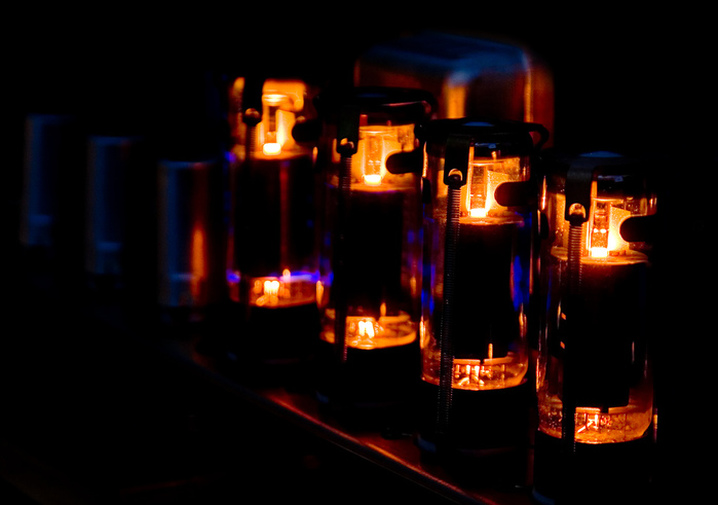
Guitar tube amplifiers are known for their ability to provide a pleasing compression & this is due to a number of factors in the circuit. Research amplifier "sag," the effect of output transformers in guitar amplifiers, and tube compression. Other cool terms to research would be even-order harmonics, and asymmetrical clipping.
3. Guitar amplifiers can/will naturally compress a guitar signal. This is especially true of tube amps. One of the reasons for this is gain compression.
"A tube amplifier will increase in volume to a point, and then as the input signal extends beyond the linear range of the device, the effective gain is reduced, altering the shape of the waveform."
This effect is also present in transistor circuits. The extent of the effect though, depends on the topology of the amplifier. With the plethora of circuit topologies of guitar amplifiers, there can be other contributing factors of compression (like output transformers & etc), but I think you get the basic idea.
electro-mechanical compression
 I'm givin' it all she's got cap'n!
I'm givin' it all she's got cap'n! 4. Electromechanical compression is a real, but hard phenomenon to measure . This would include guitar pickup compression, speaker compression, microphone diaphragm compression, etc.
This is where stuff gets really fascinating.
Basically, when you take a device beyond its' normal tolerances, the signal will either be clipped, and/or the top-most part of its dynamic range will be compressed. Acoustic guitars will do this as well. Once you play an acoustic guitar loud enough, and beyond the point where it can effectively reproduce the sound, the soundboard of the guitar (top part where the bridge rests), will mechanically "stabilize" into a slimmer vibrational constant; thus giving the effect of compression.
This is where stuff gets really fascinating.
Basically, when you take a device beyond its' normal tolerances, the signal will either be clipped, and/or the top-most part of its dynamic range will be compressed. Acoustic guitars will do this as well. Once you play an acoustic guitar loud enough, and beyond the point where it can effectively reproduce the sound, the soundboard of the guitar (top part where the bridge rests), will mechanically "stabilize" into a slimmer vibrational constant; thus giving the effect of compression.
With that said, does this mean that you should NEVER add compression to rhythm guitars? No i'm not saying that, and we all know that there are no rules on this, but hopefully this will give you some insight next time you reach for that compressor. You should always be mixing towards a sonic goal, rather than just adding effects because that's what you always do. Be thoughtful in your approach. Make wise mixing choices rather than habitual choices. Your mixing will become more effective and cleaner because of it!
Do you like vintage recording gear and articles? You should visit our sister site: The Vintage Audio Portal!
**Advertise With Us! We have thousands of visitors a day. Contact us here to learn more.
Archives
August 2021
December 2019
August 2019
December 2018
November 2017
August 2017
July 2017
June 2017
May 2017
March 2017
February 2017
December 2016
November 2016
September 2016
August 2016
July 2016
June 2016
May 2016
March 2016
February 2016
January 2016
December 2015
November 2015
October 2015
September 2015
August 2015
July 2015
June 2015
May 2015
April 2015
March 2015
February 2015
January 2015
December 2014
November 2014
